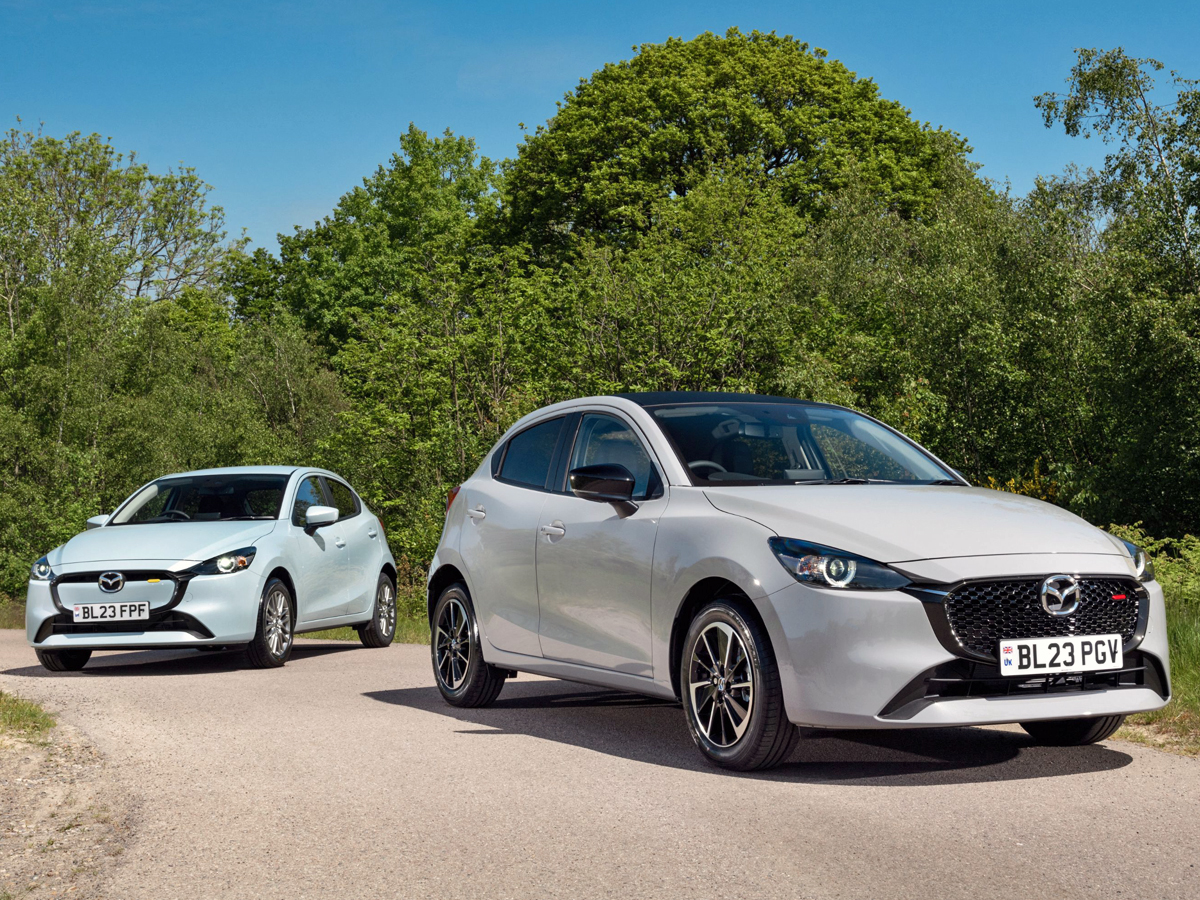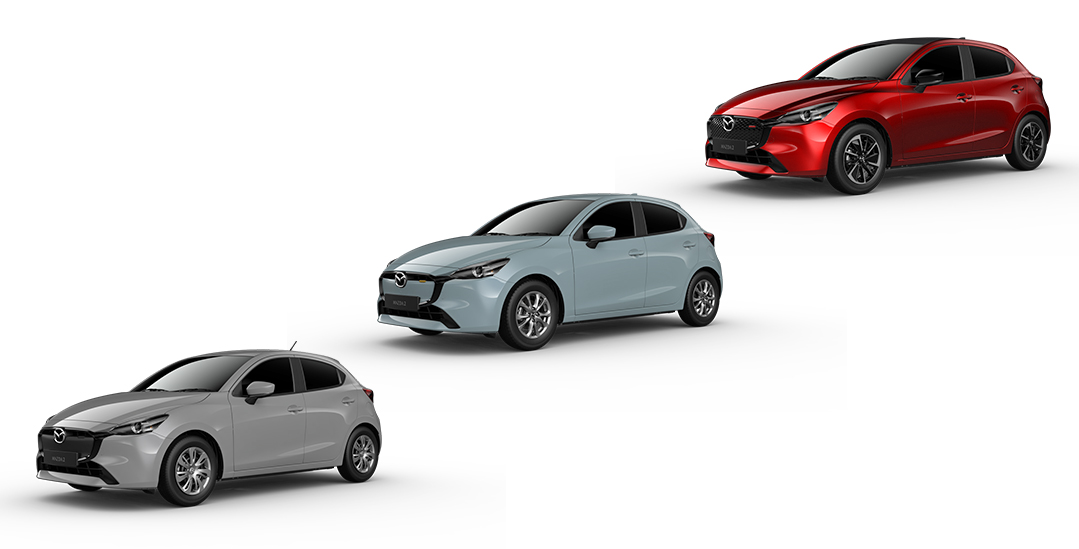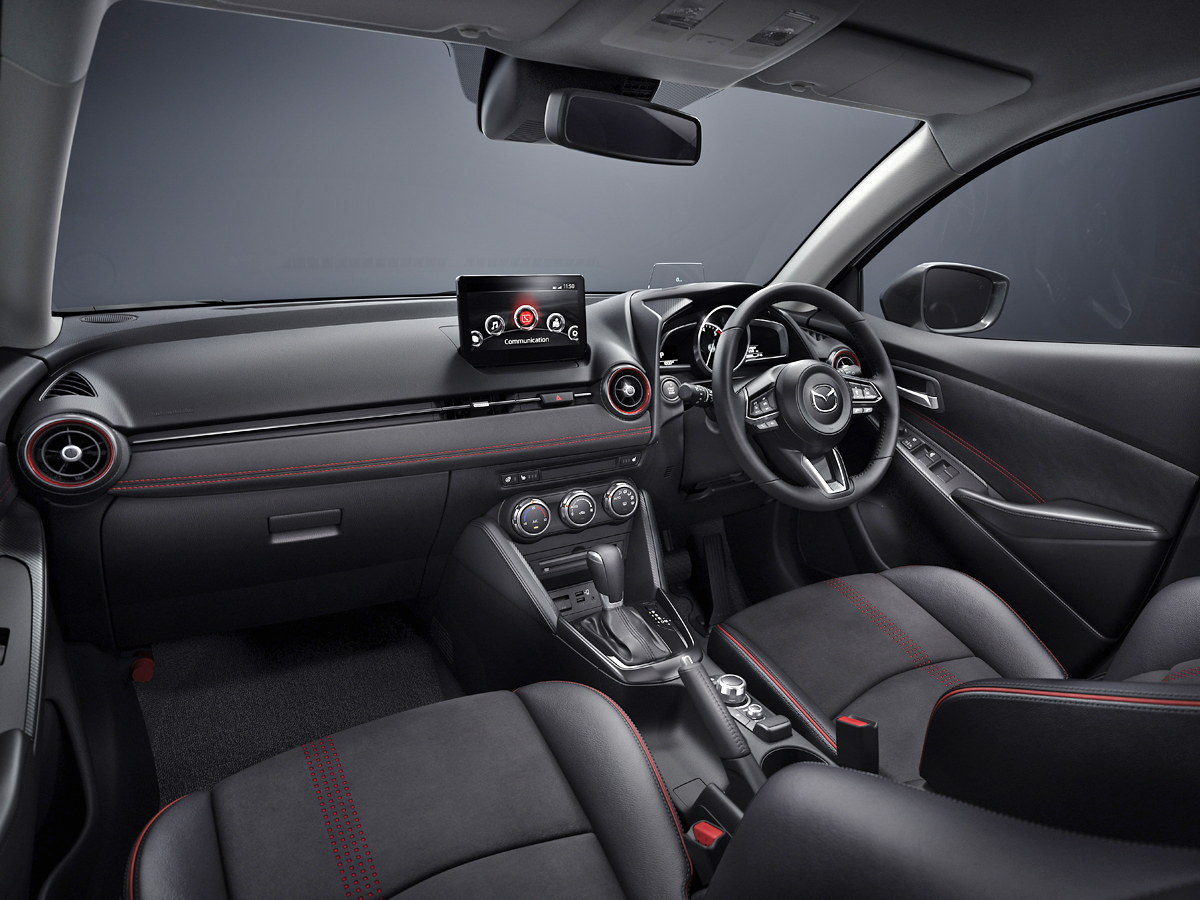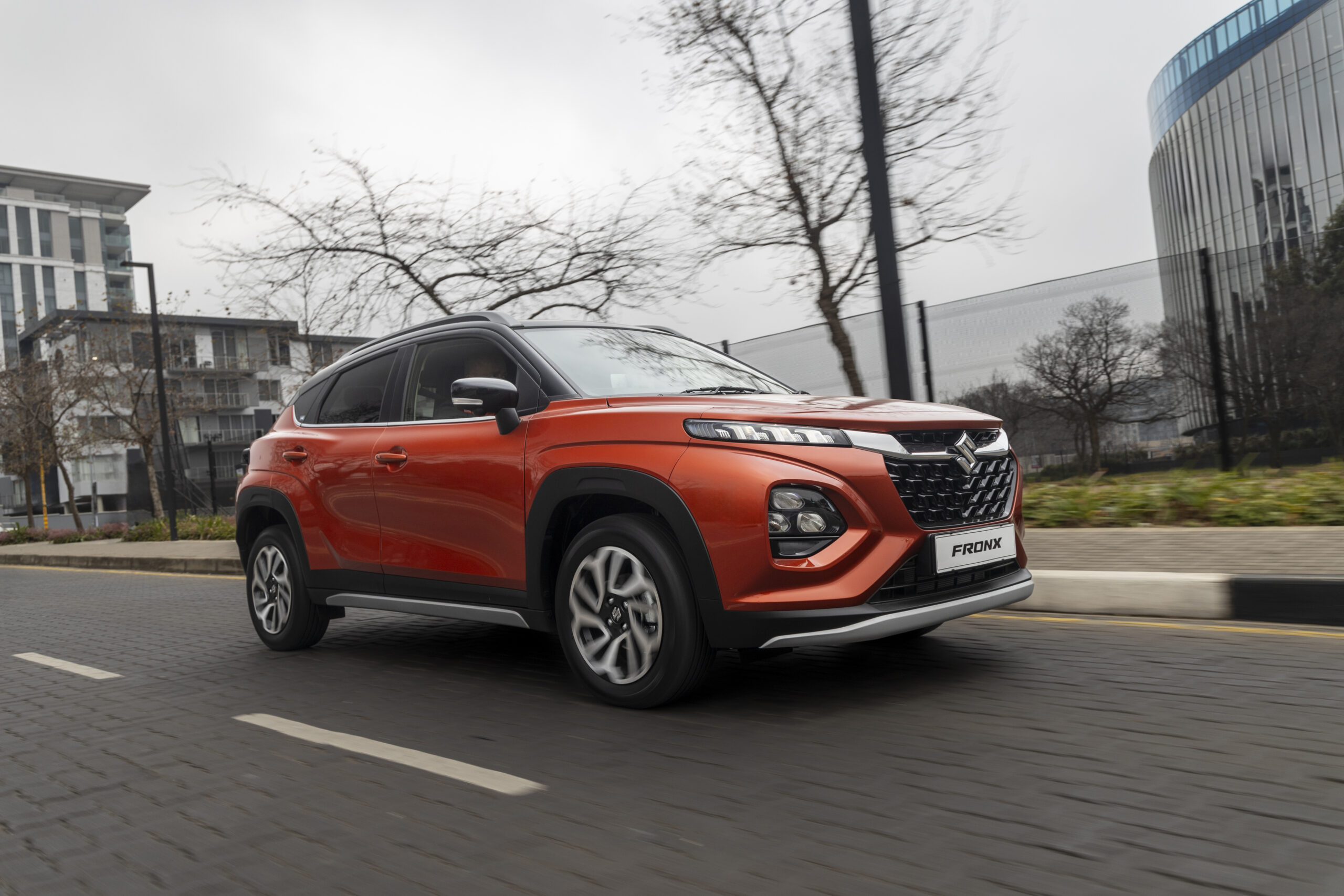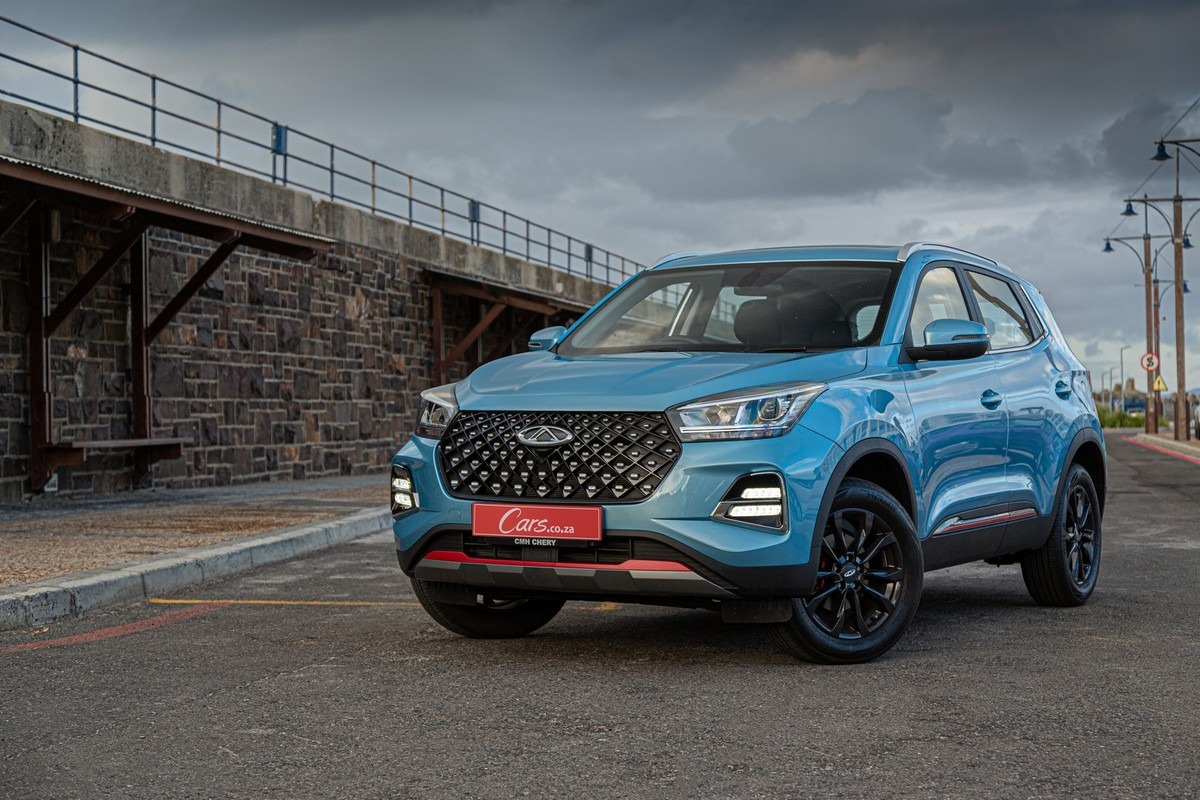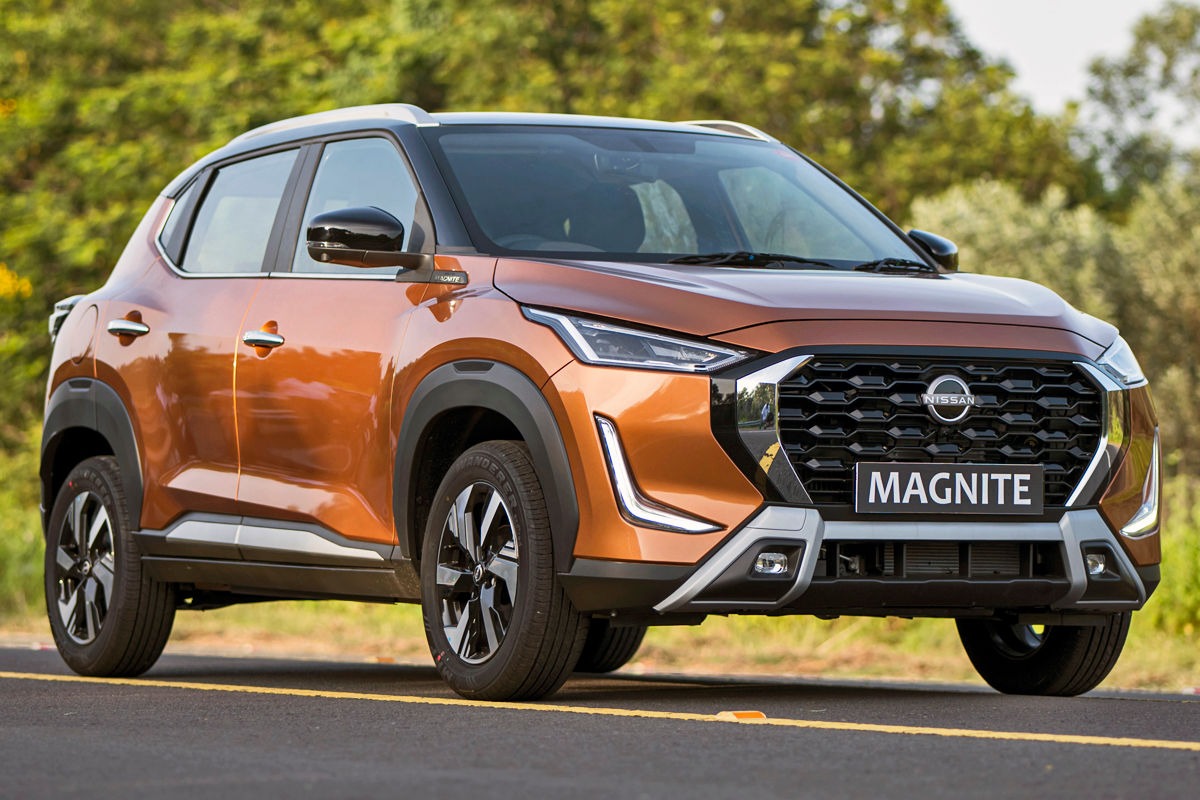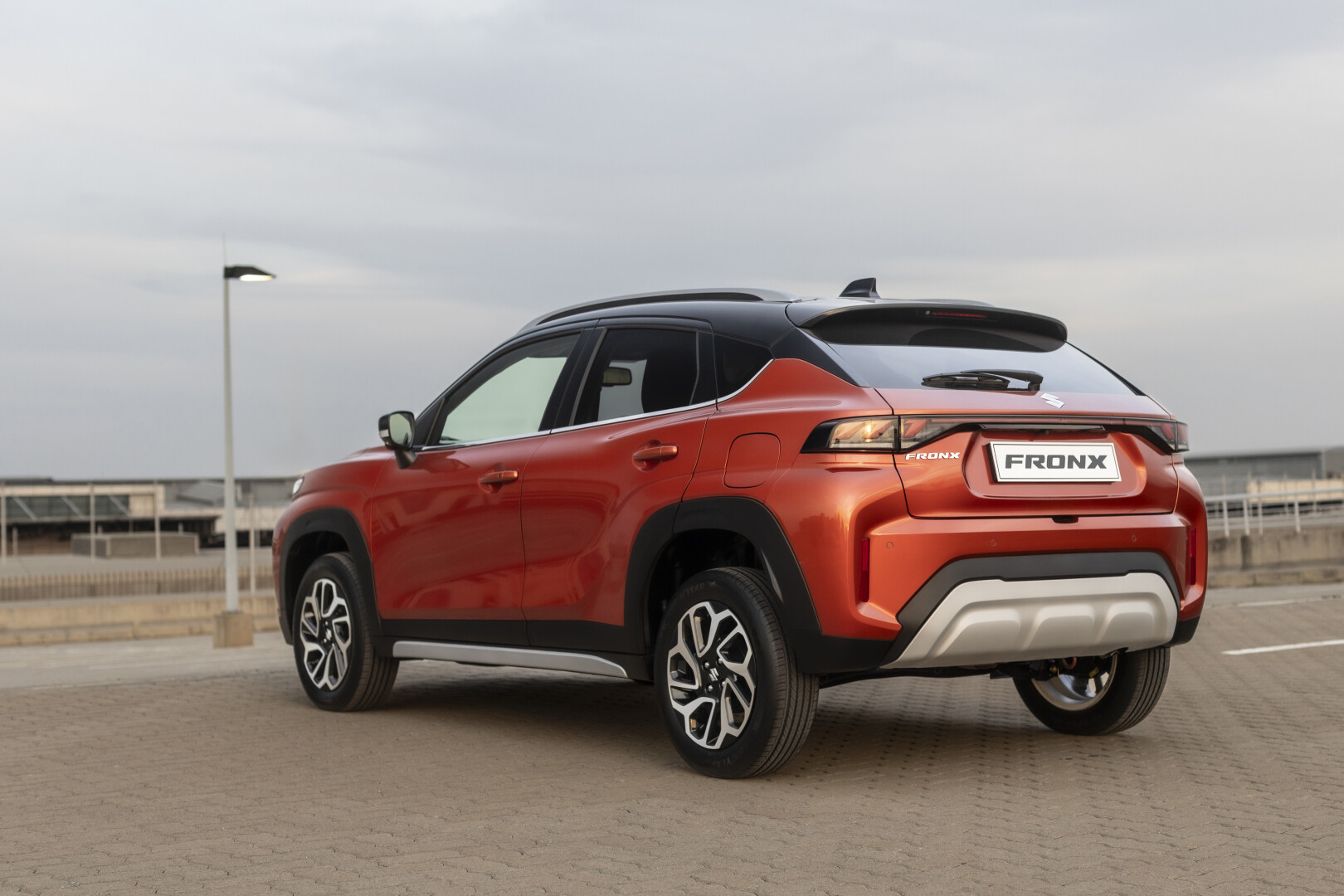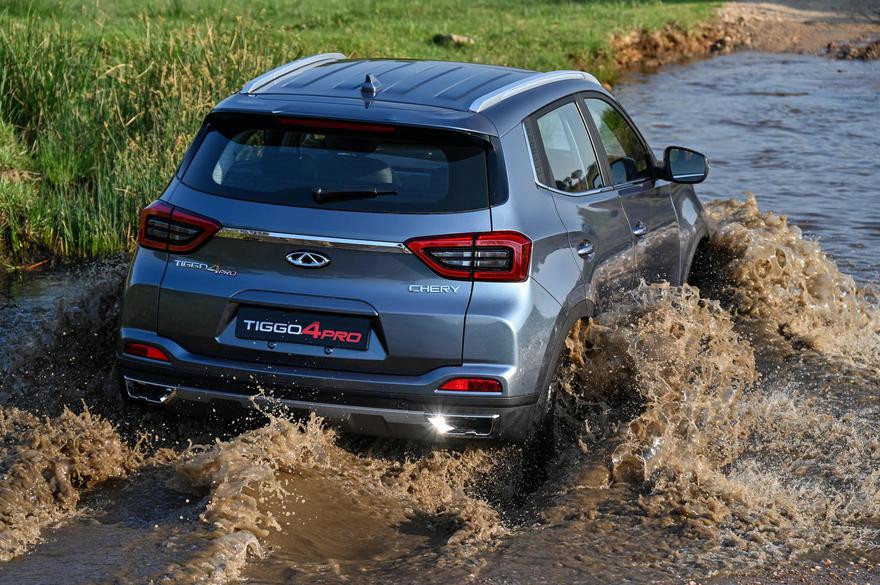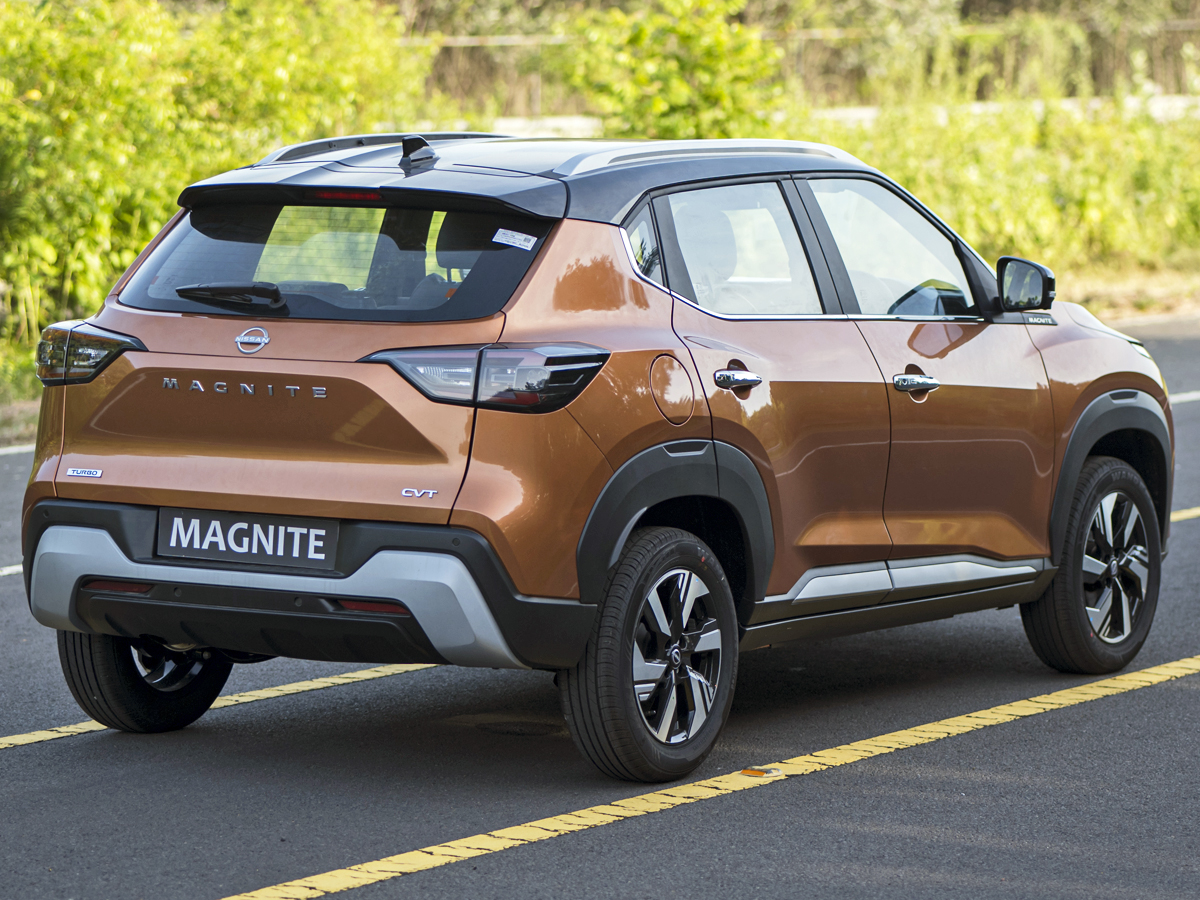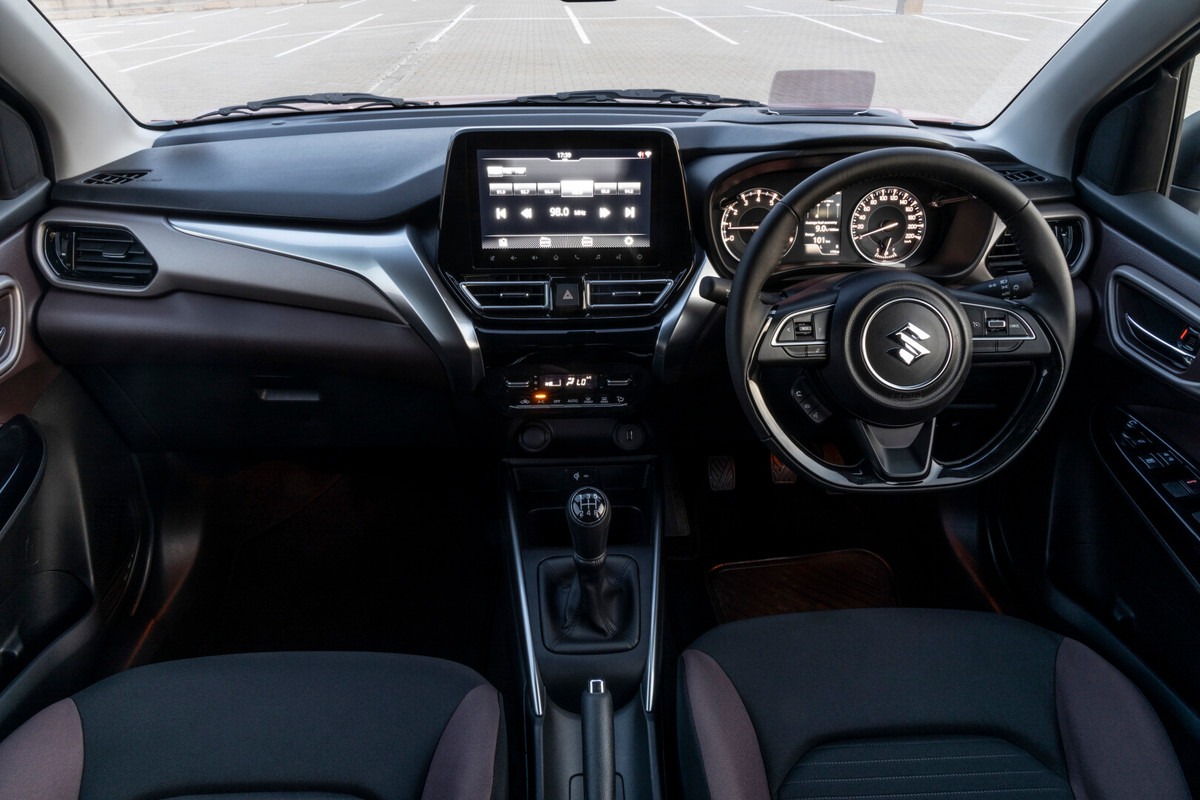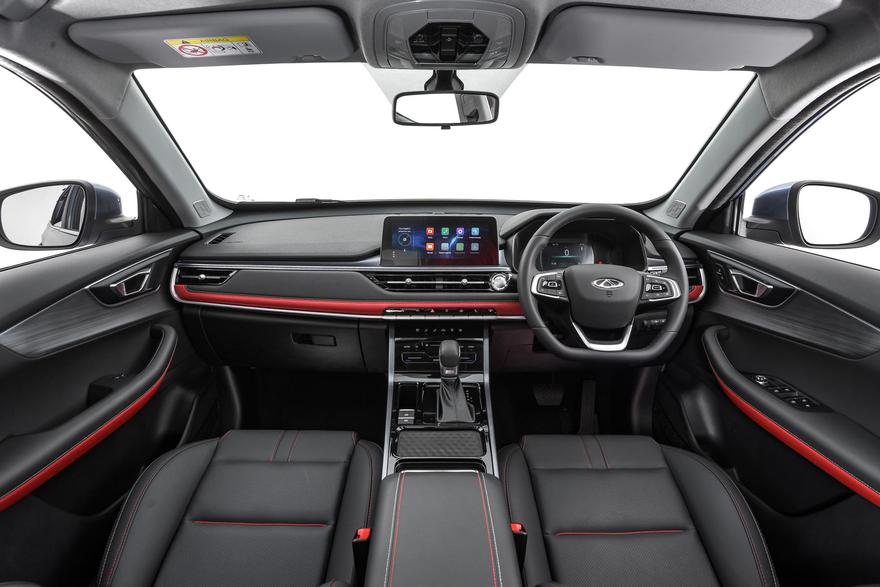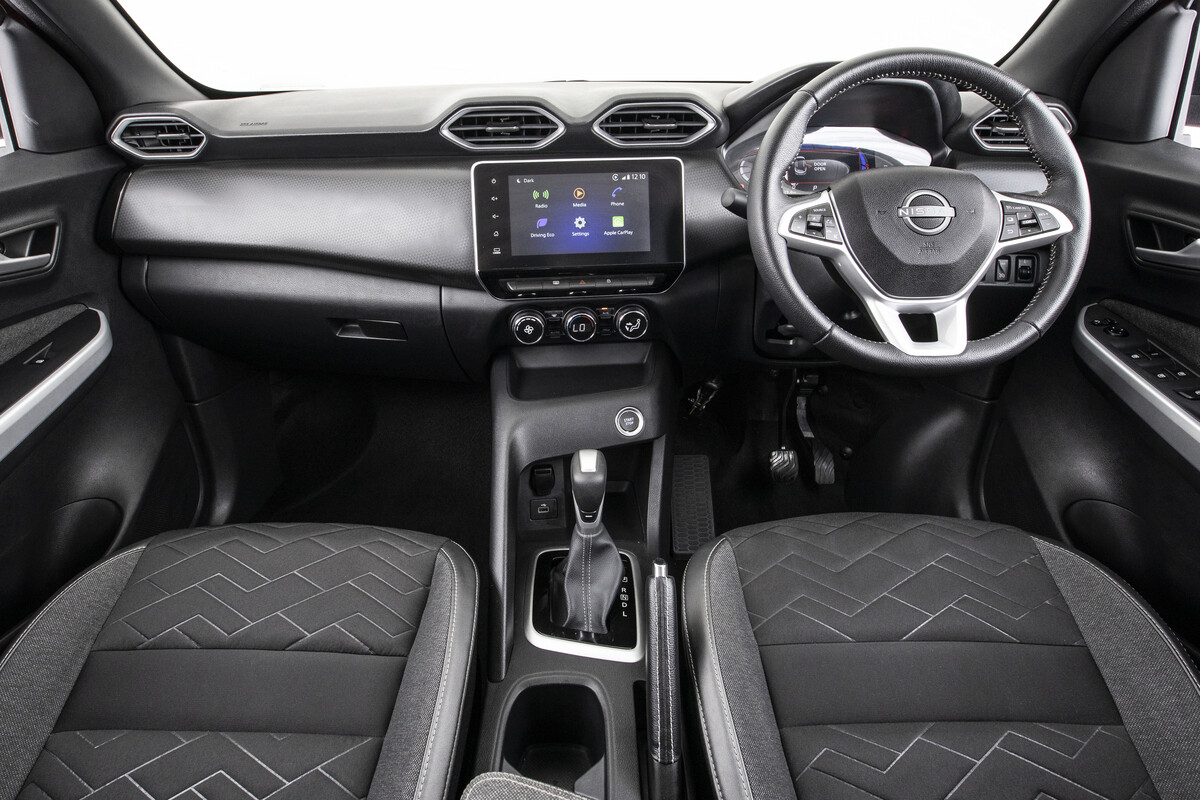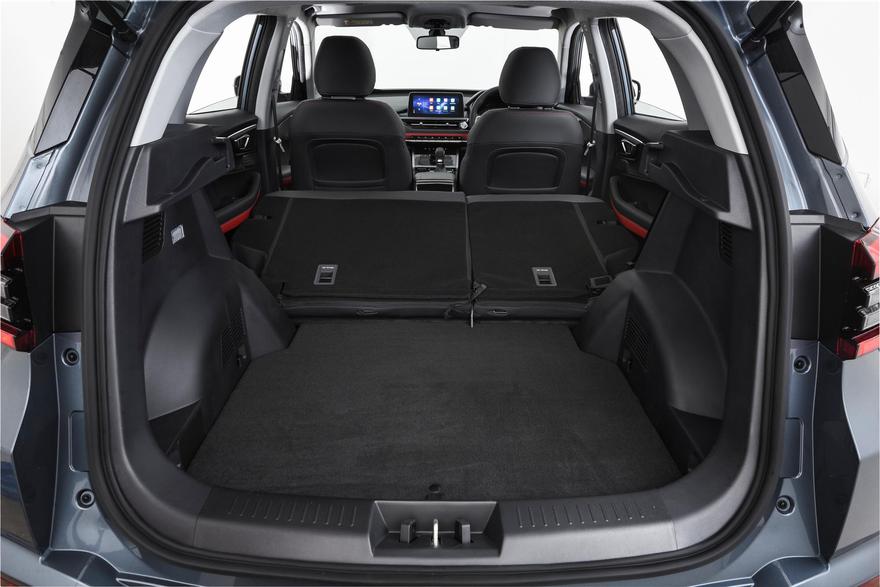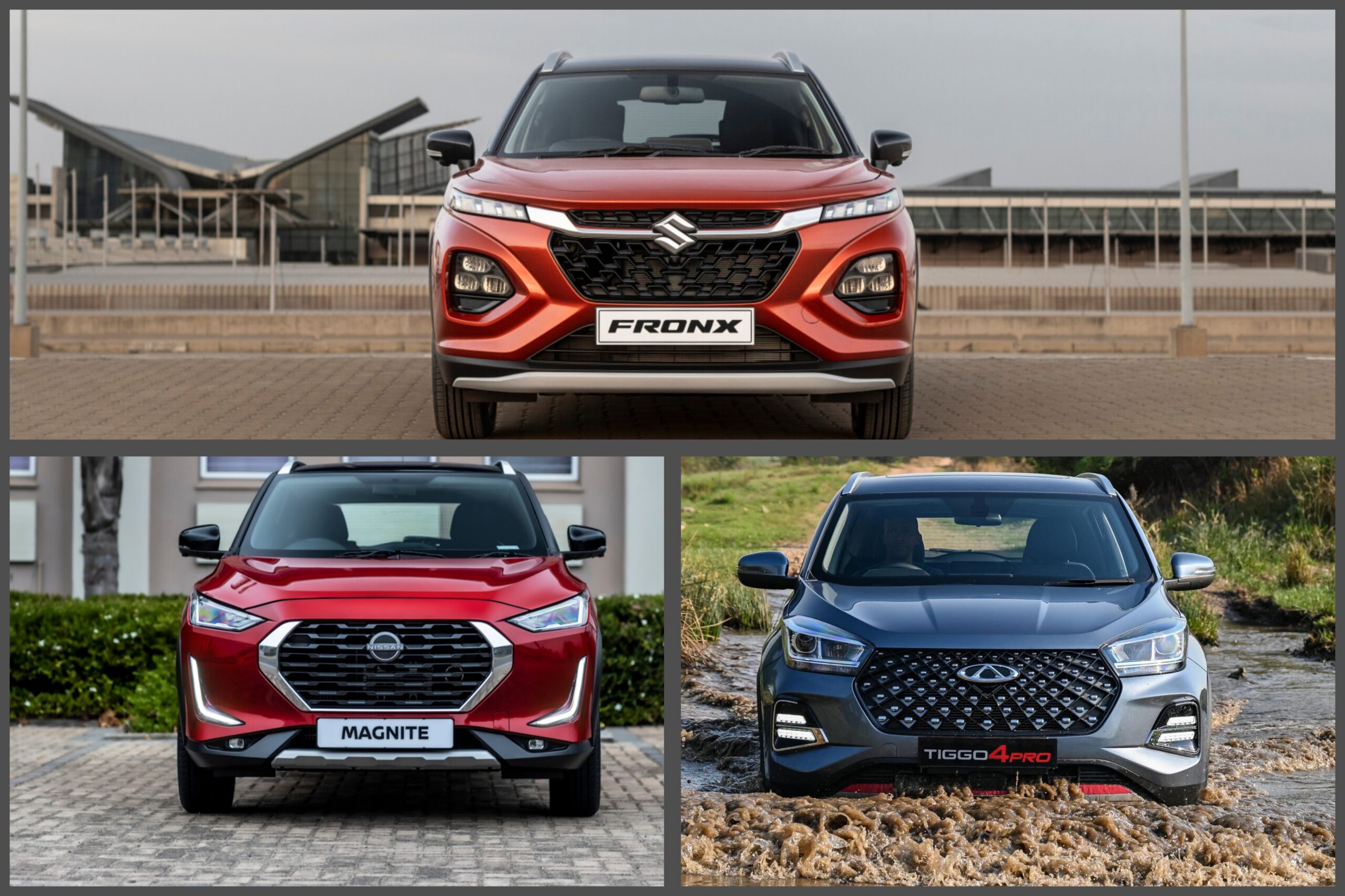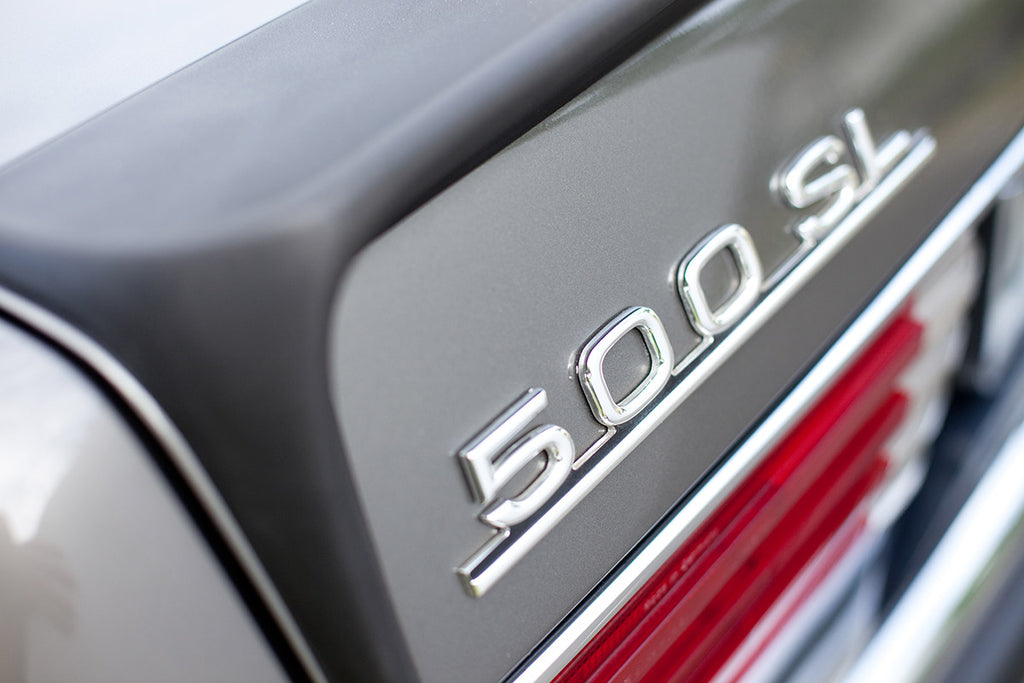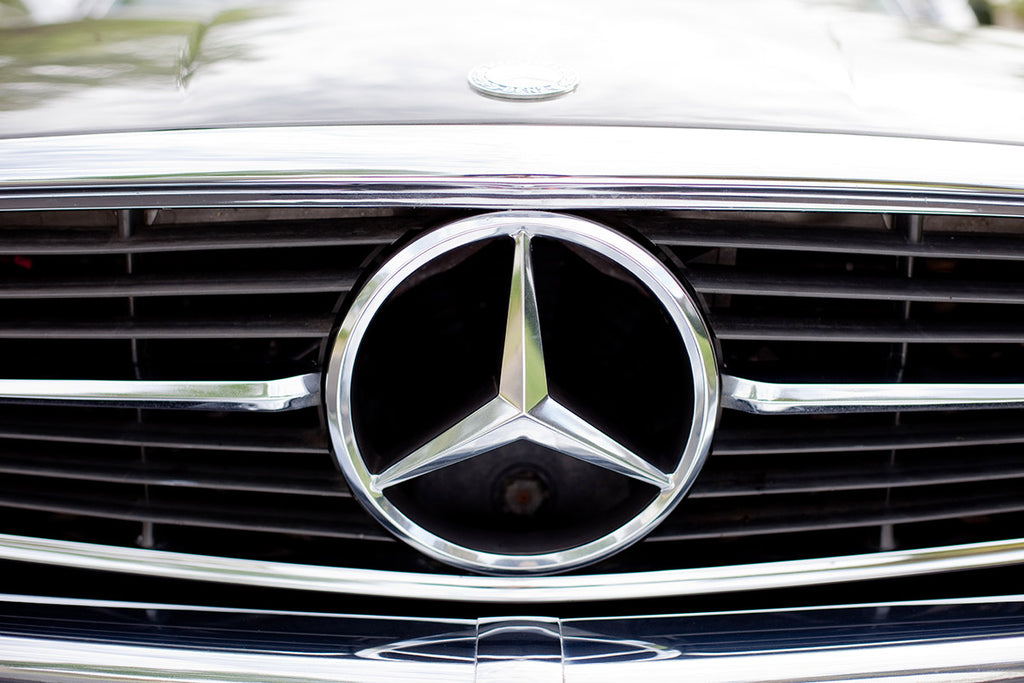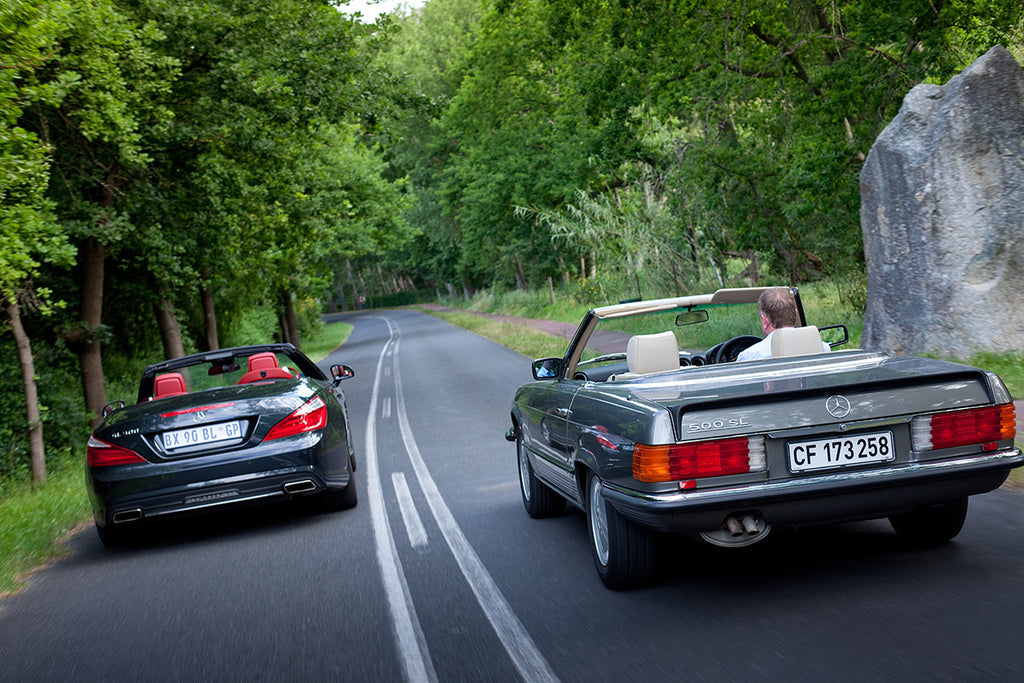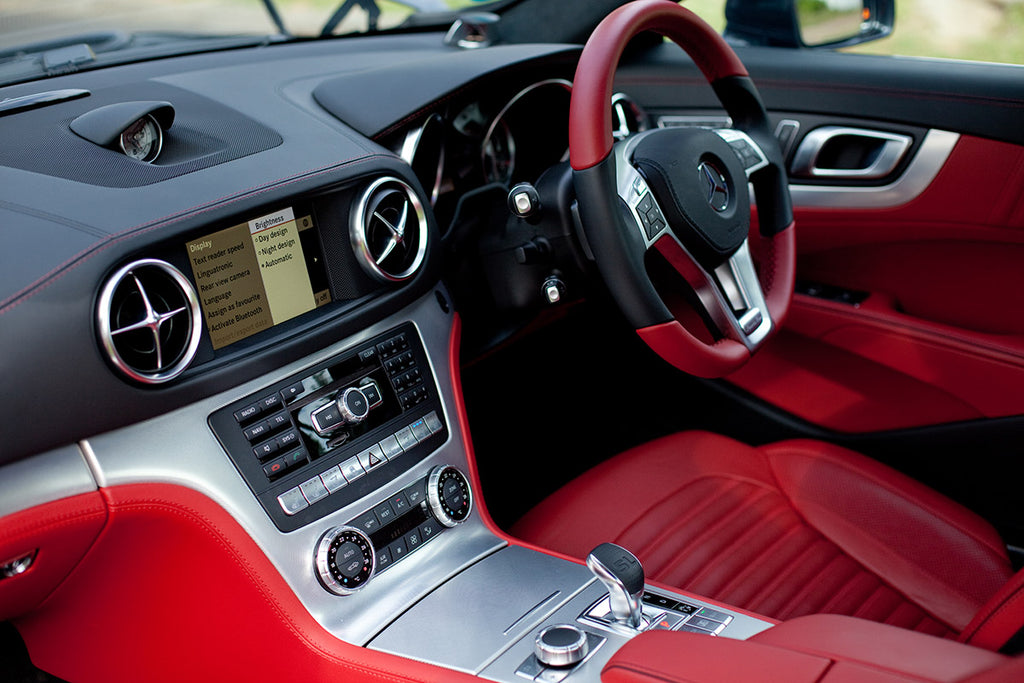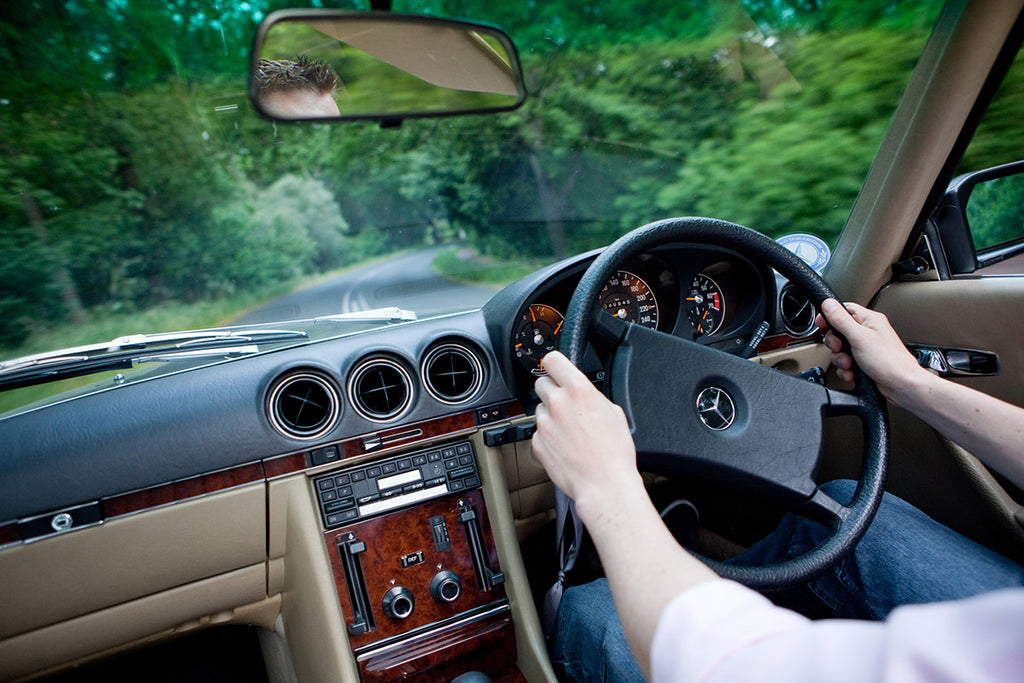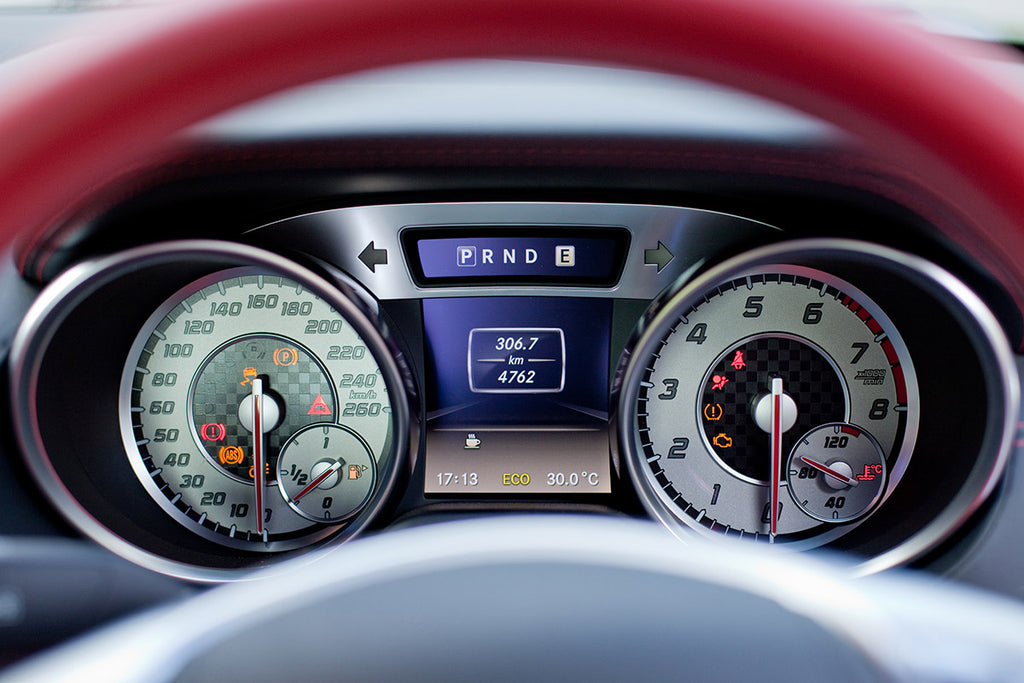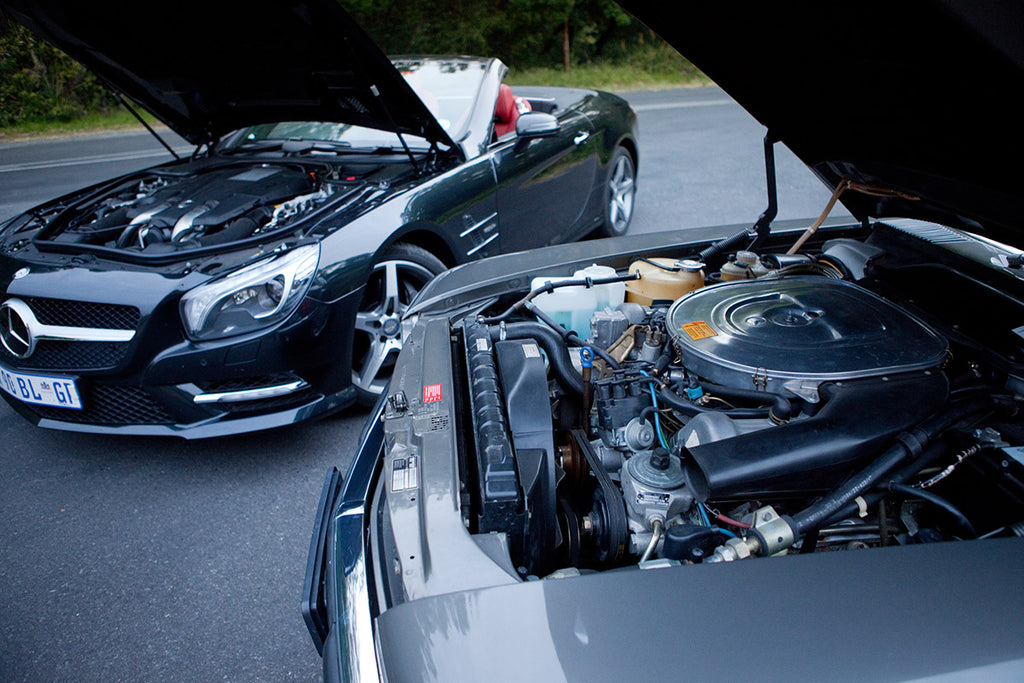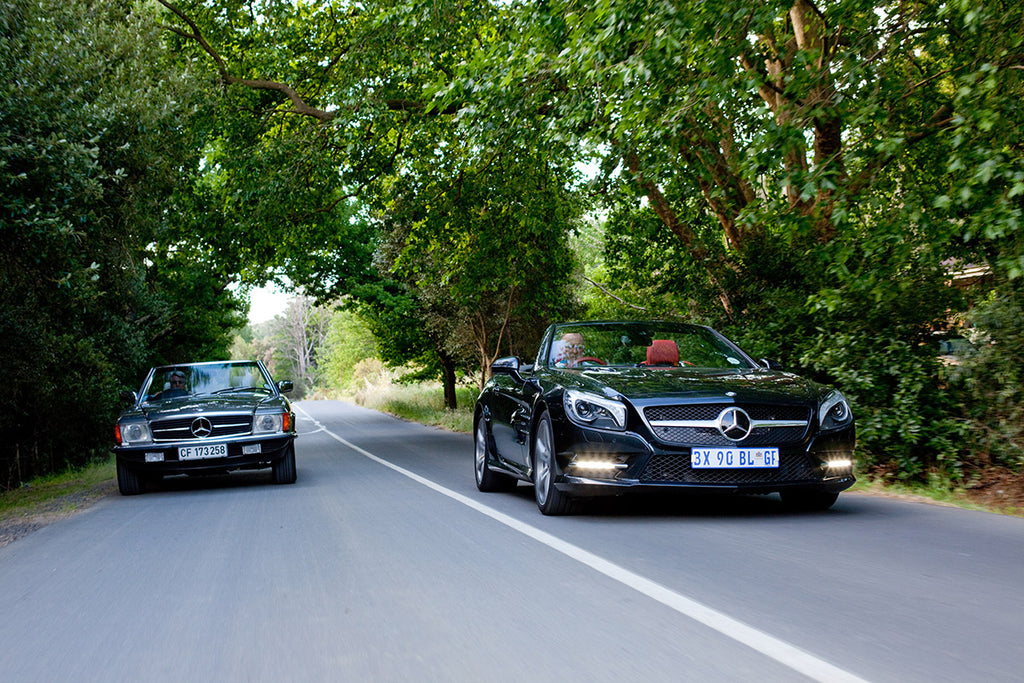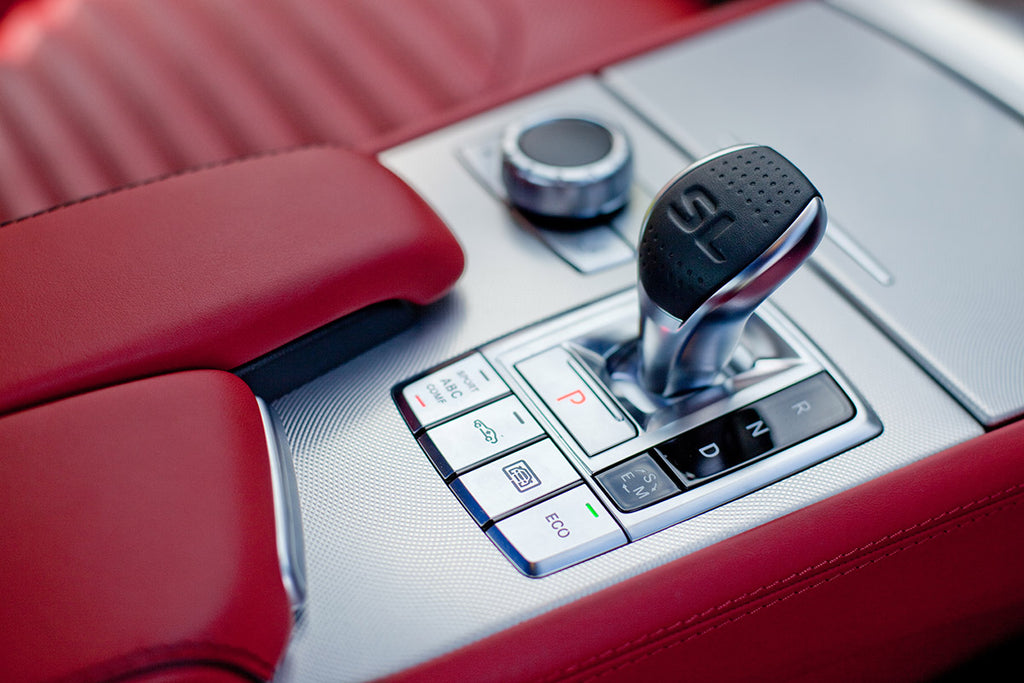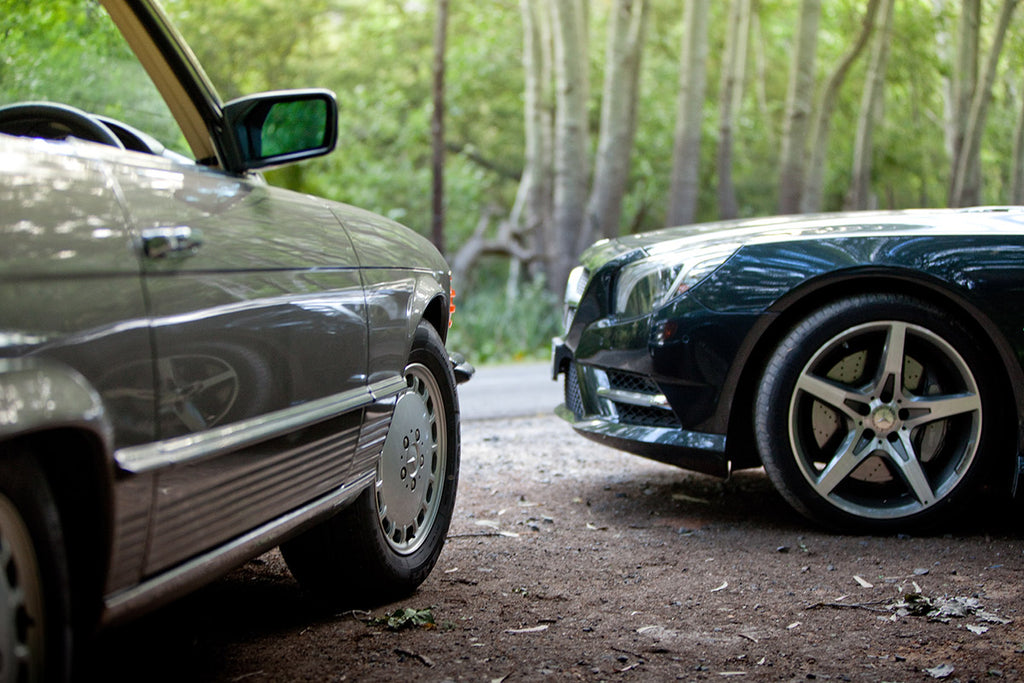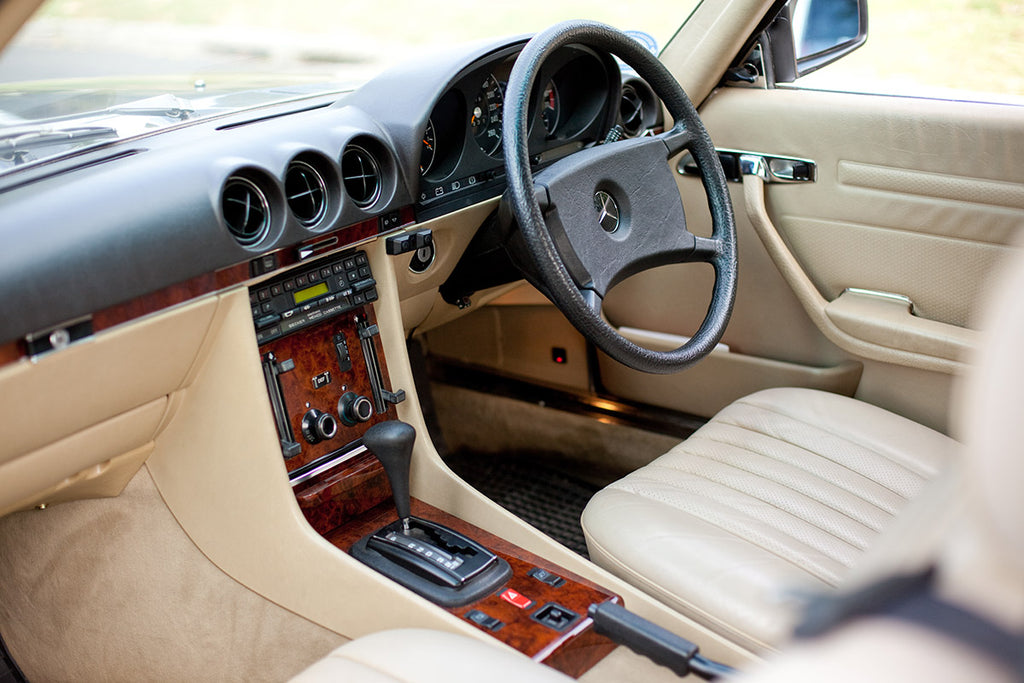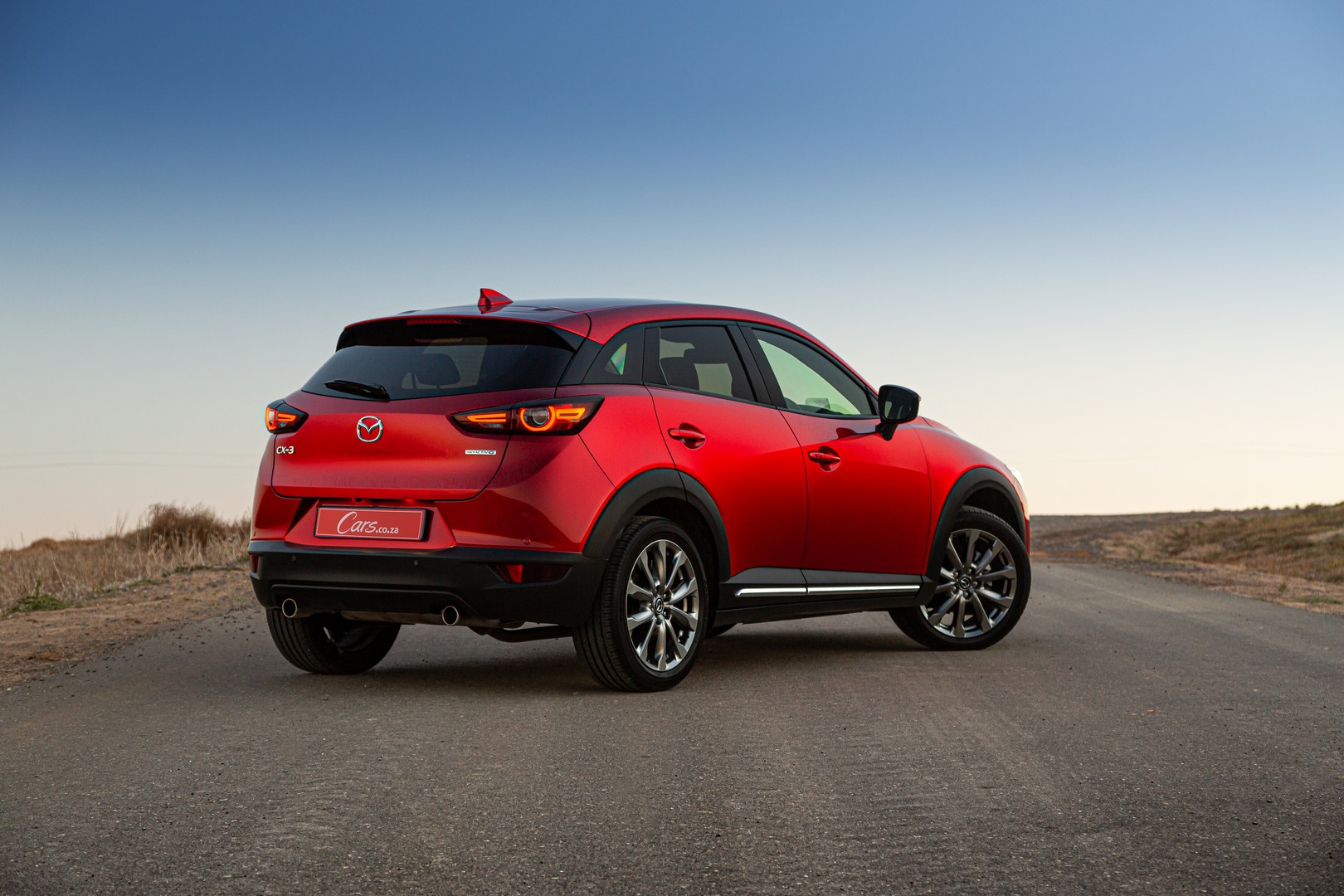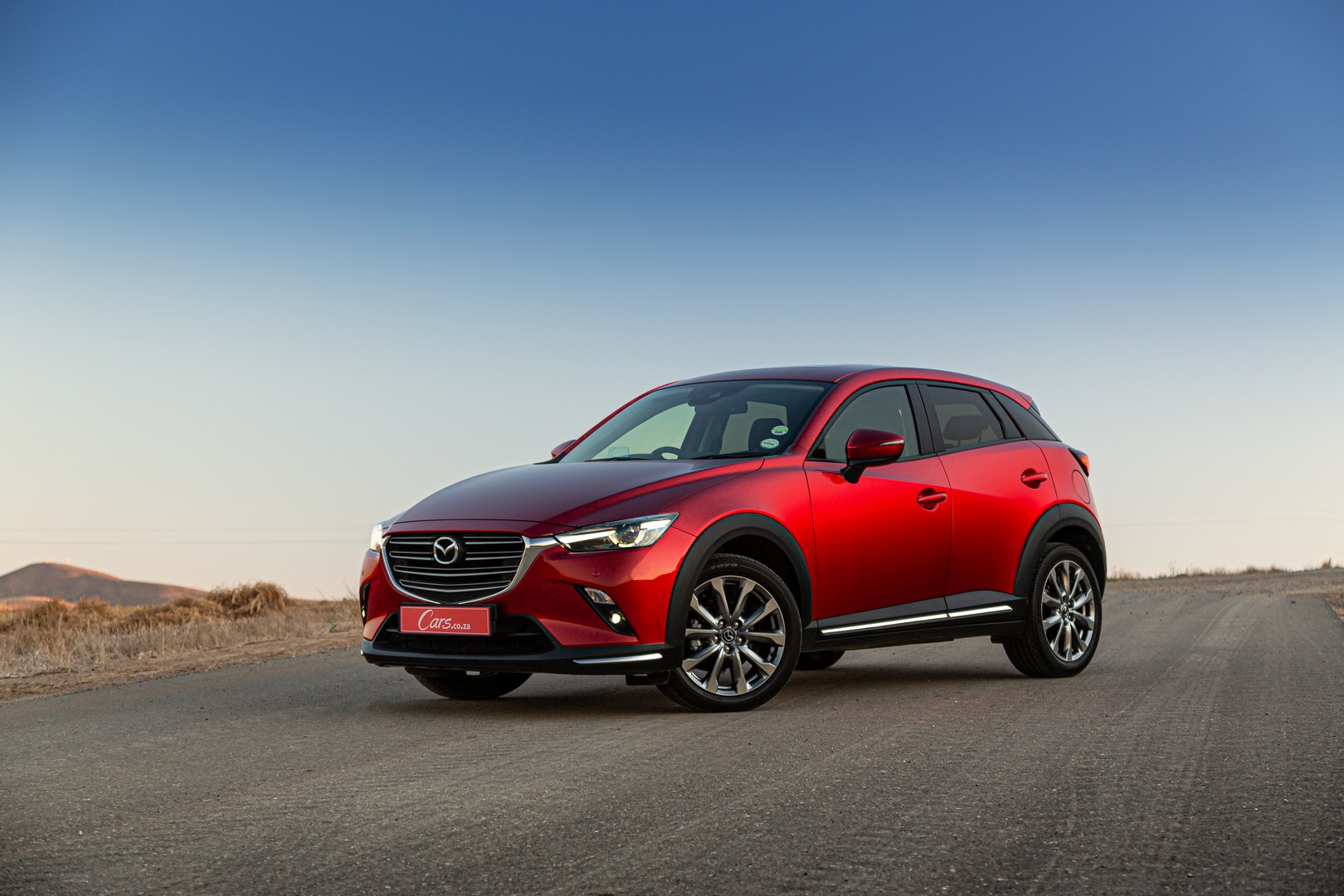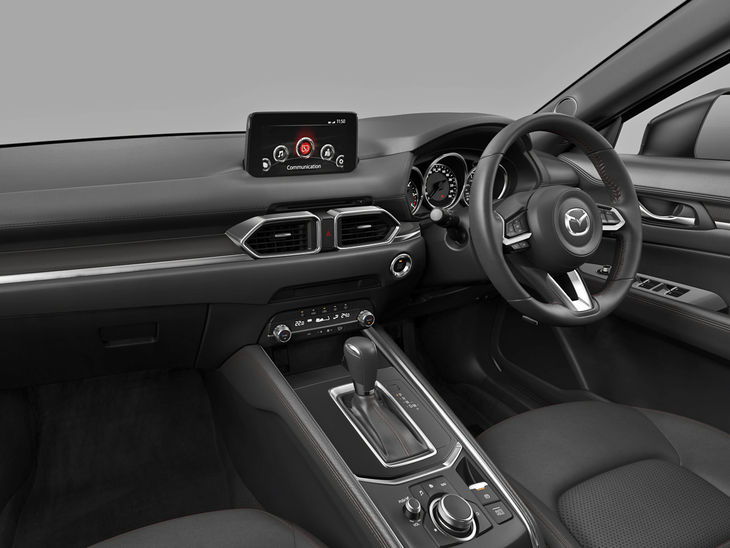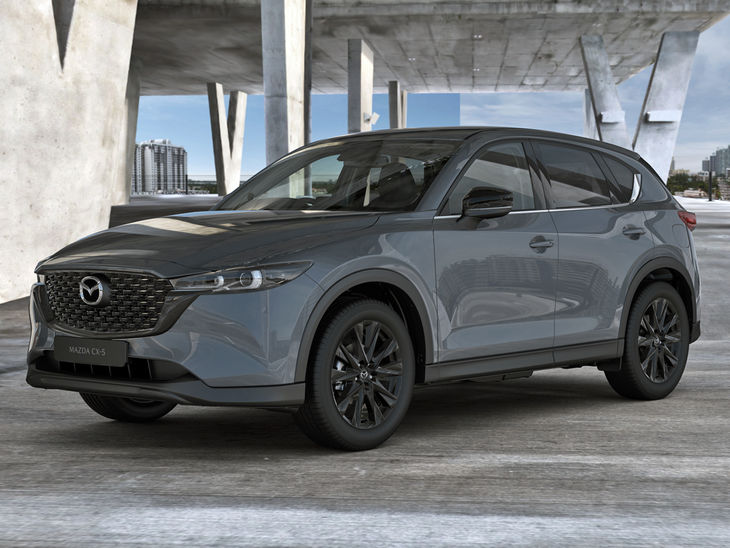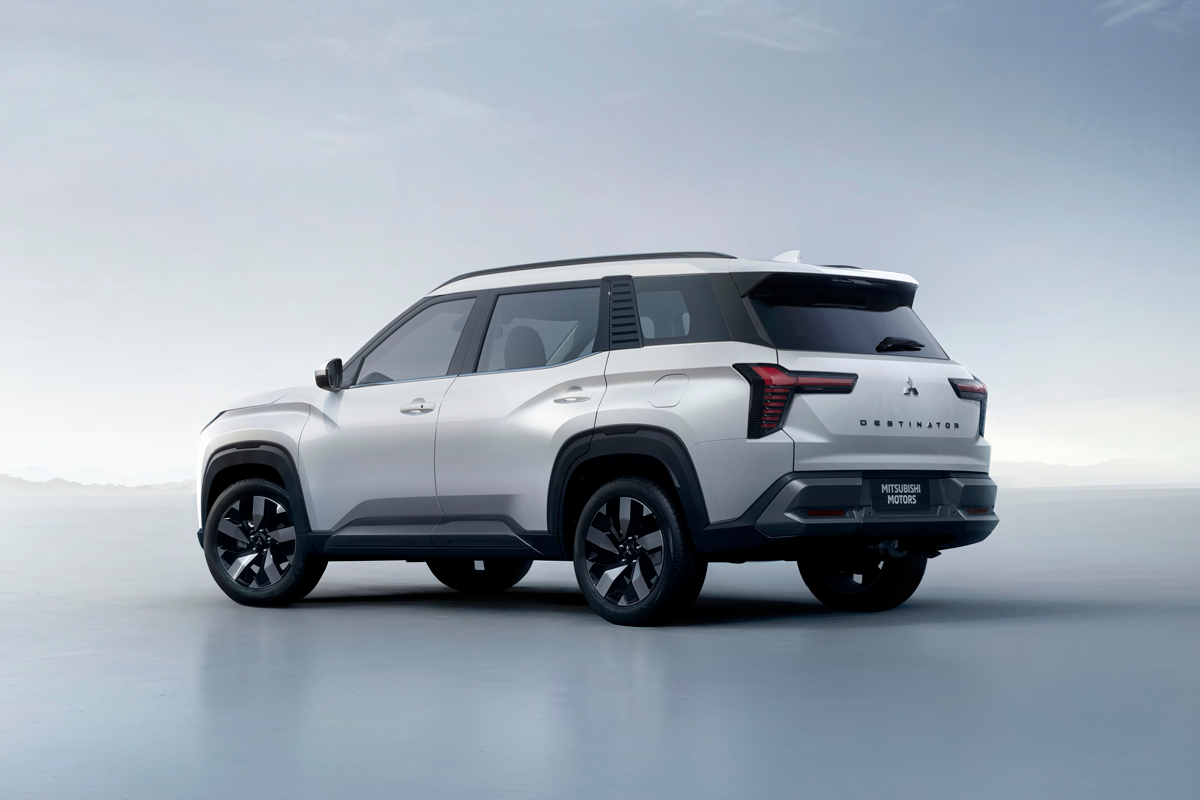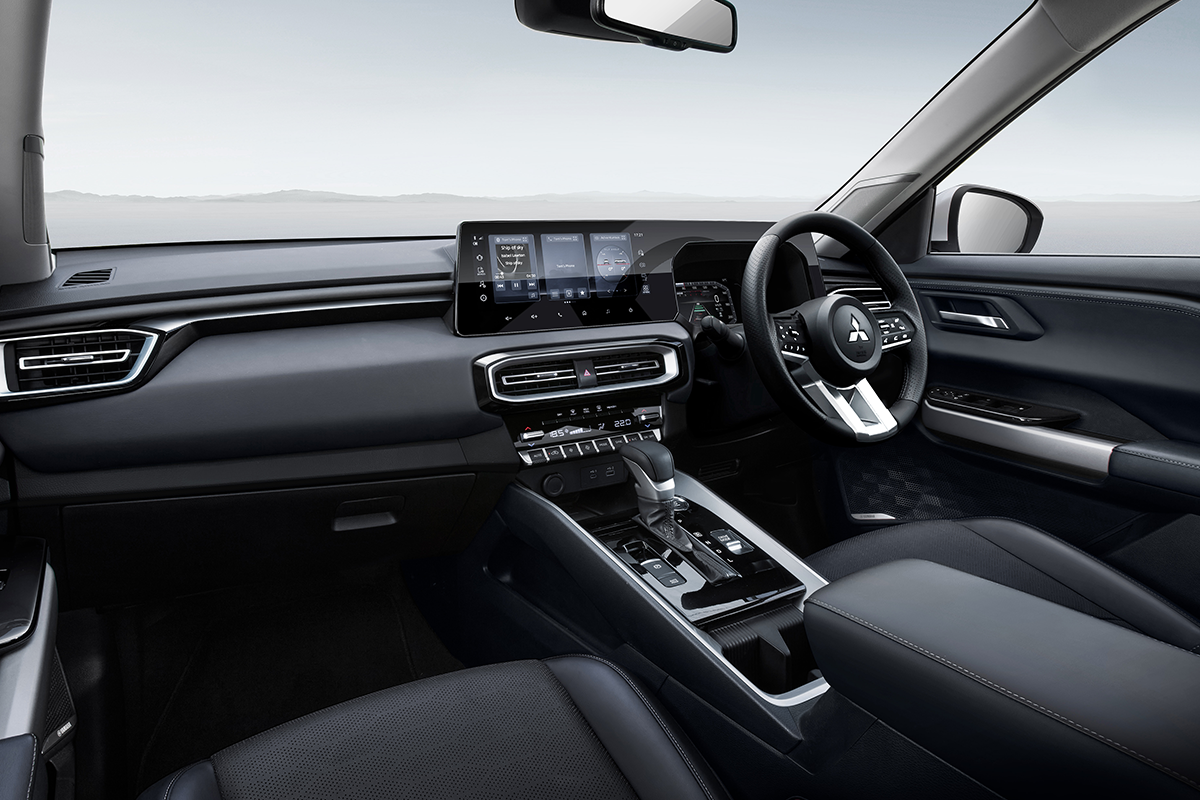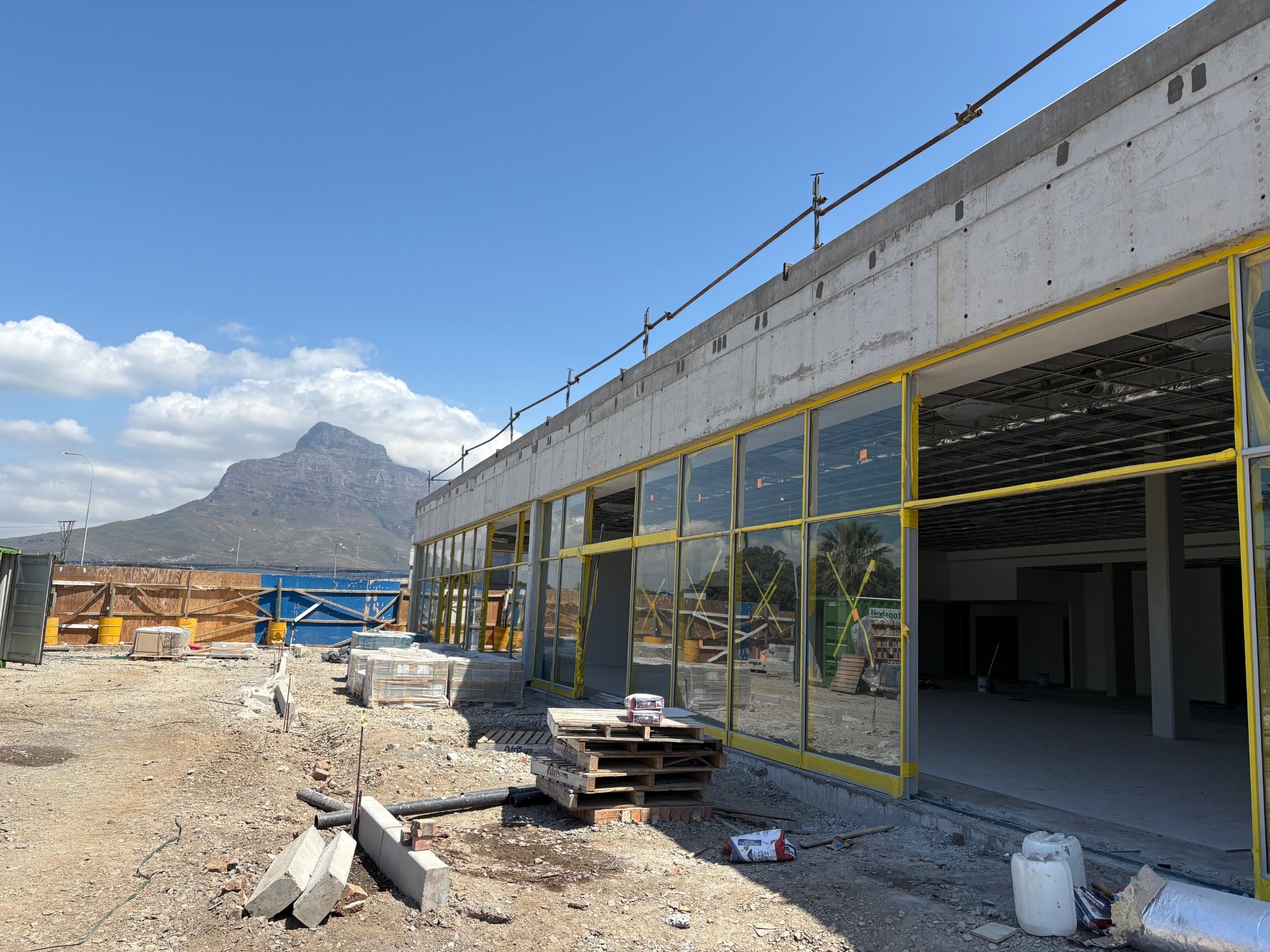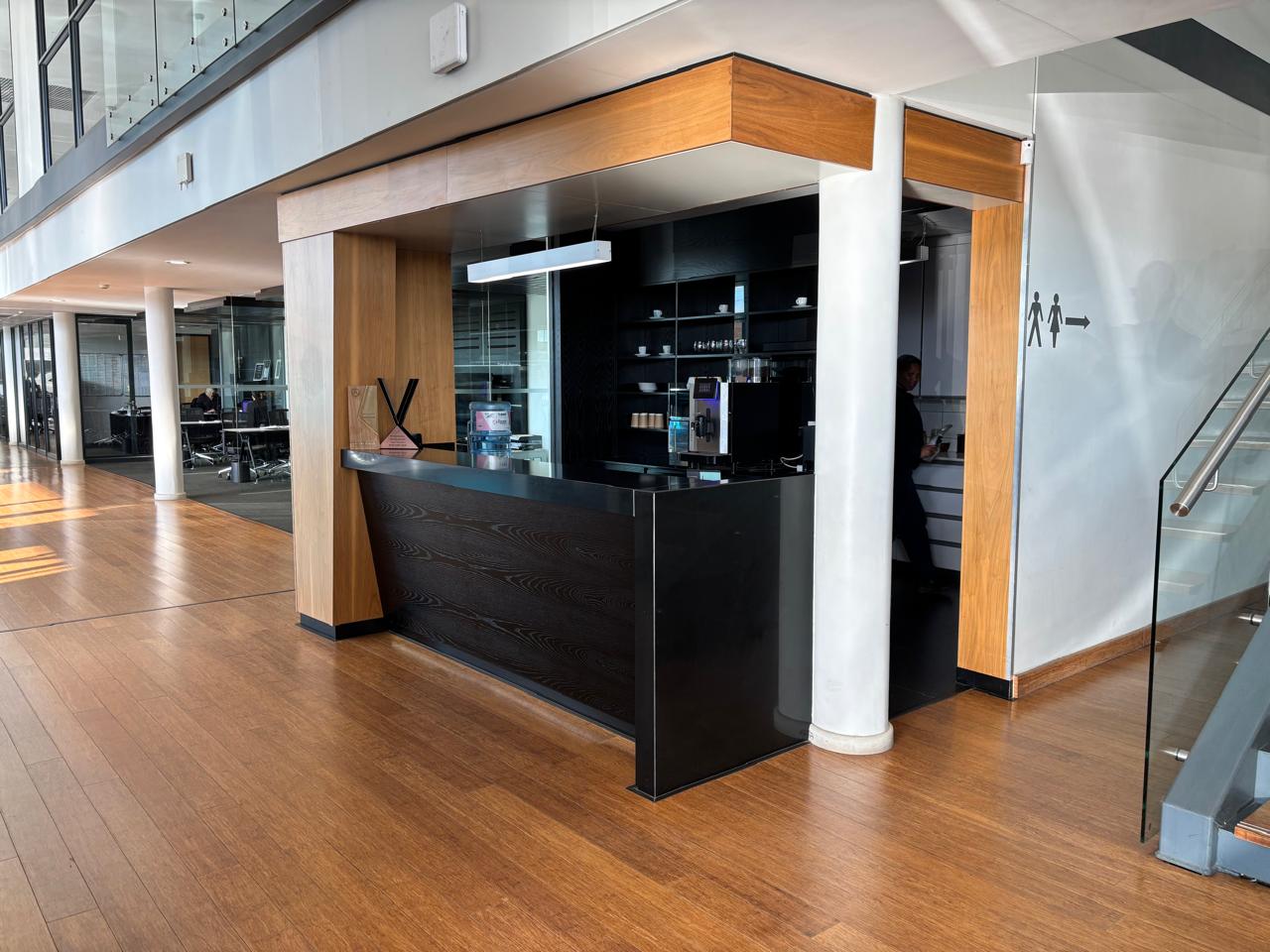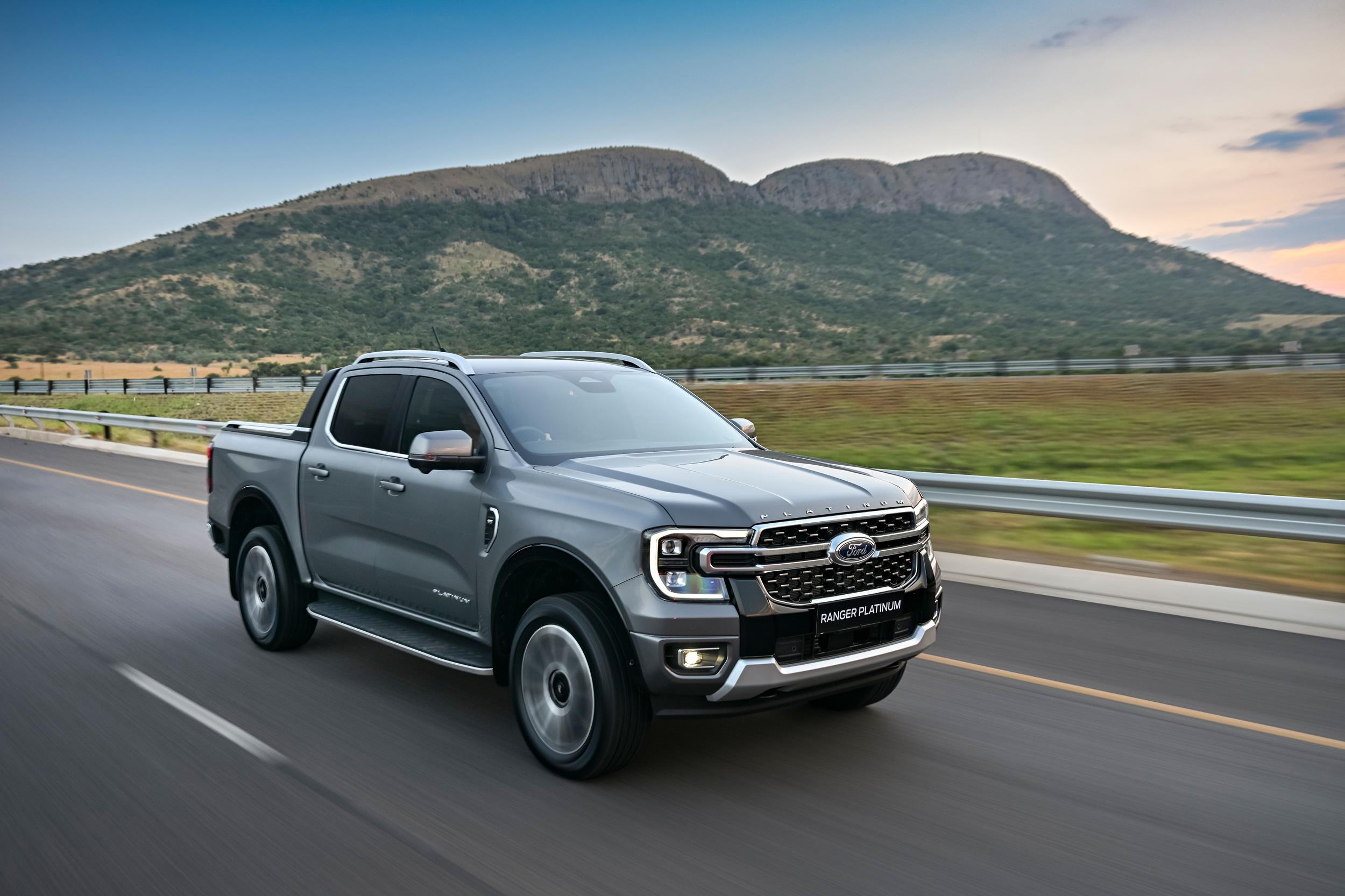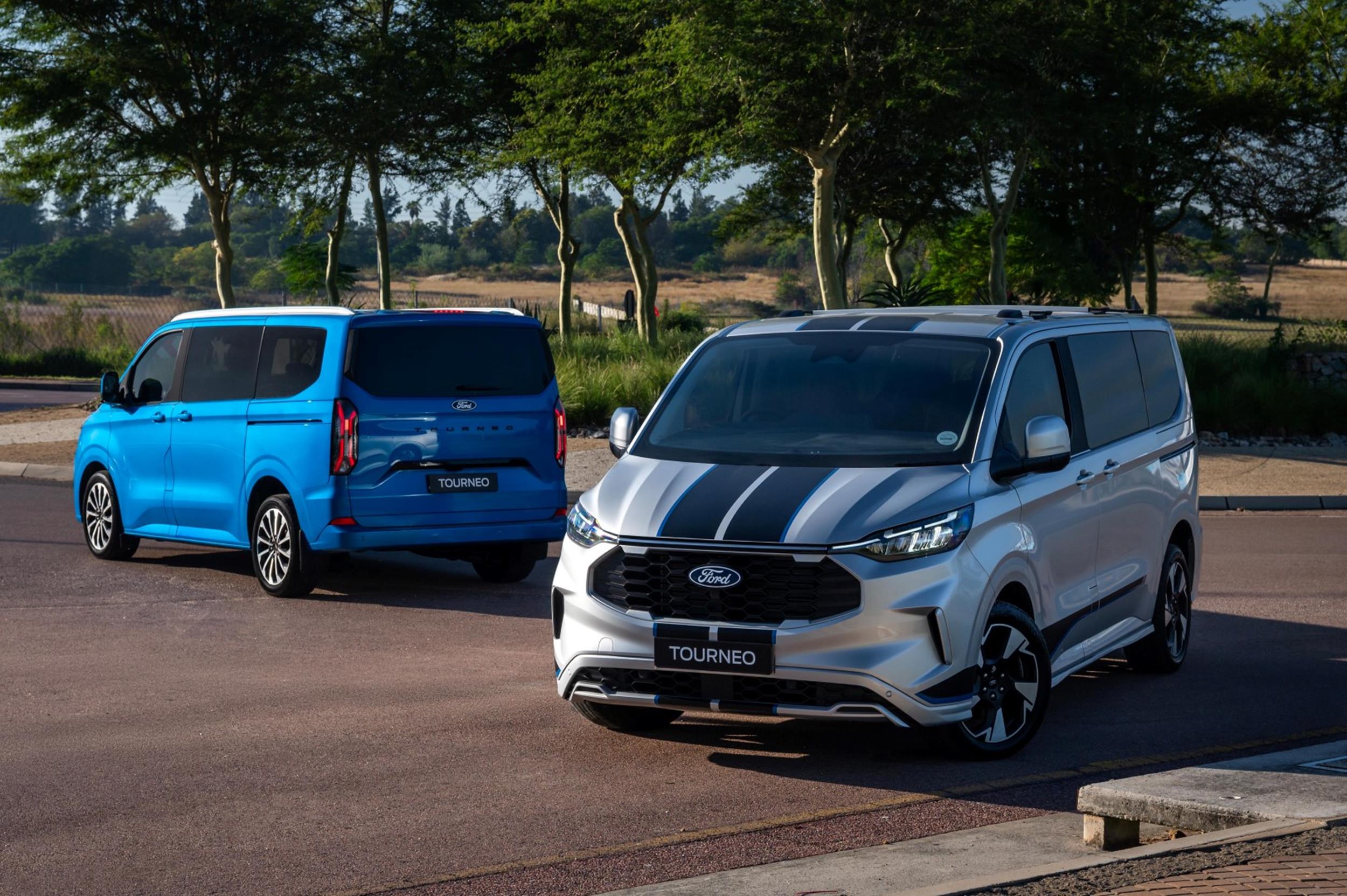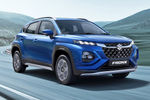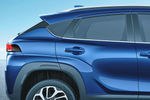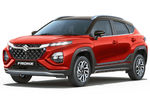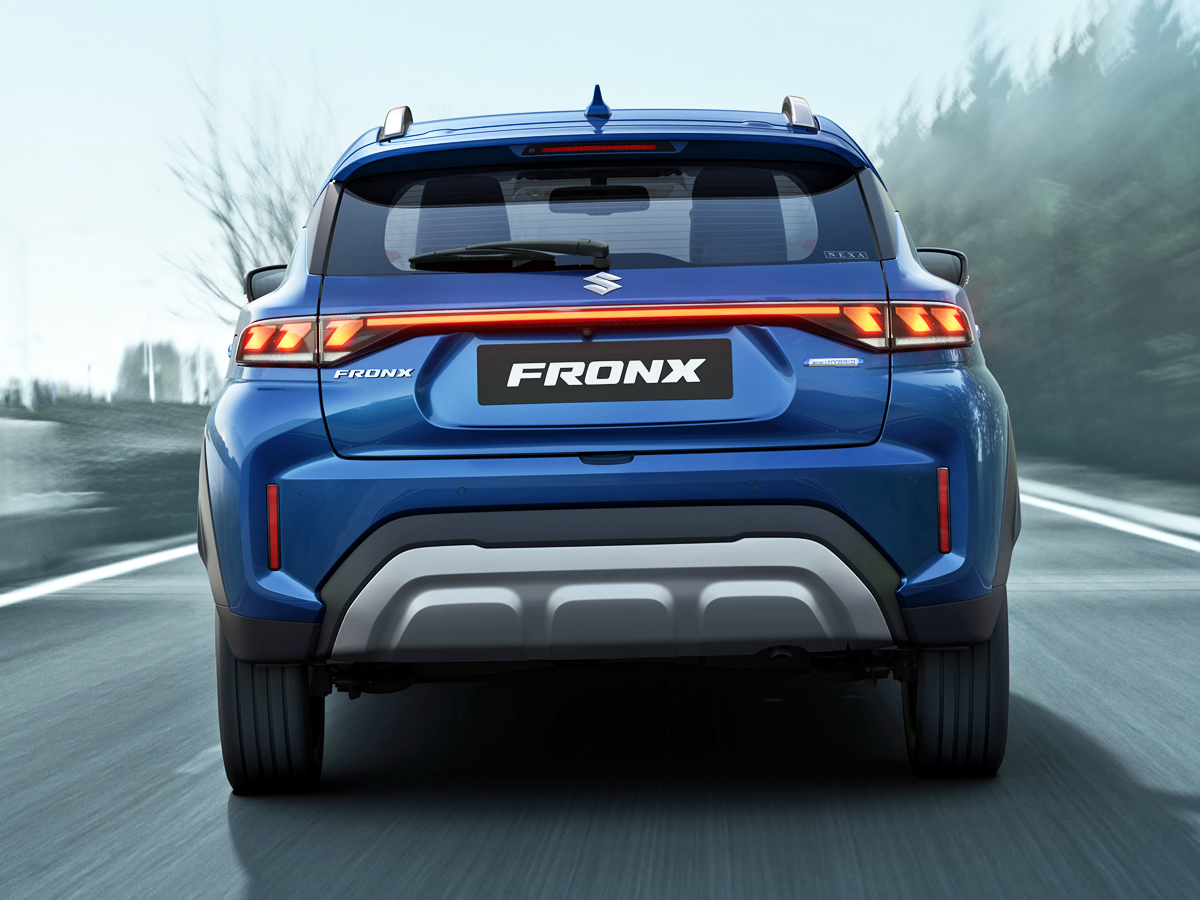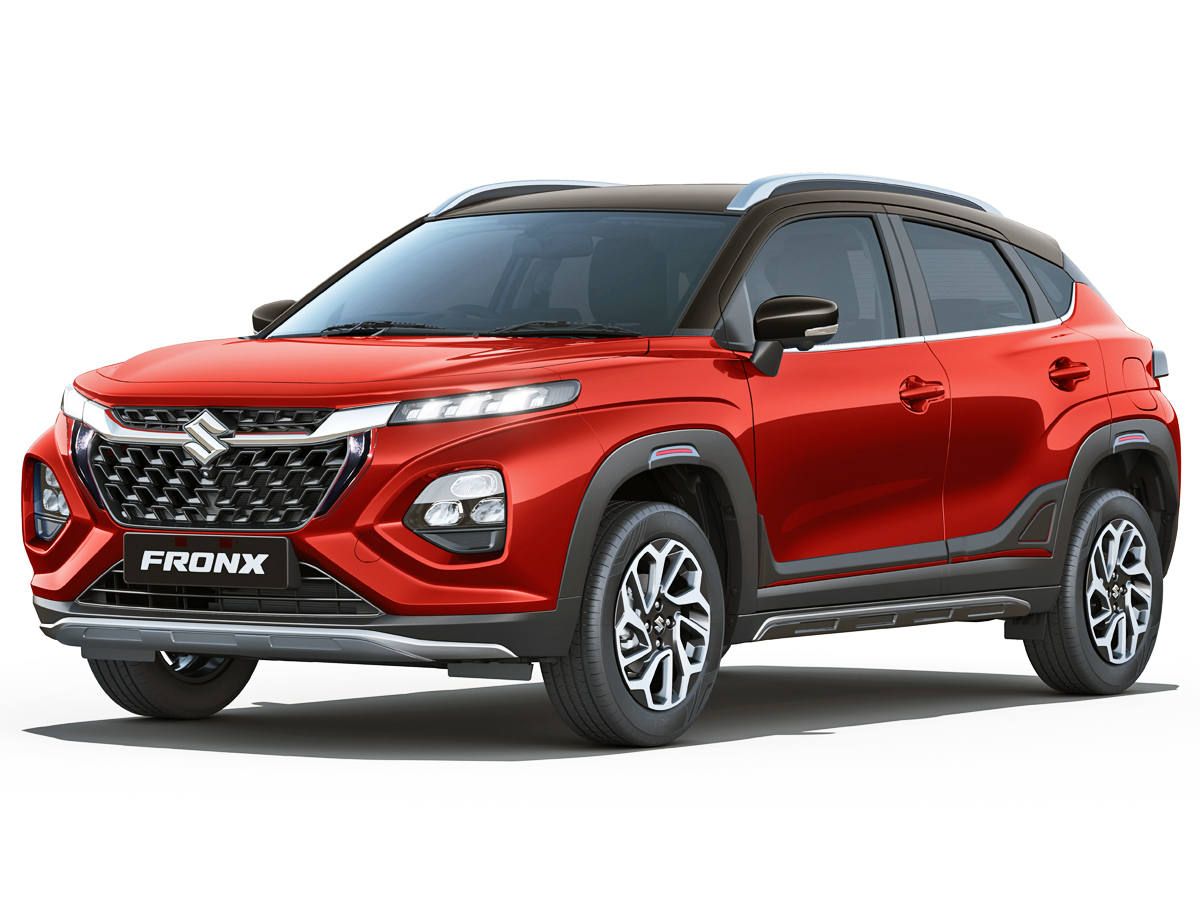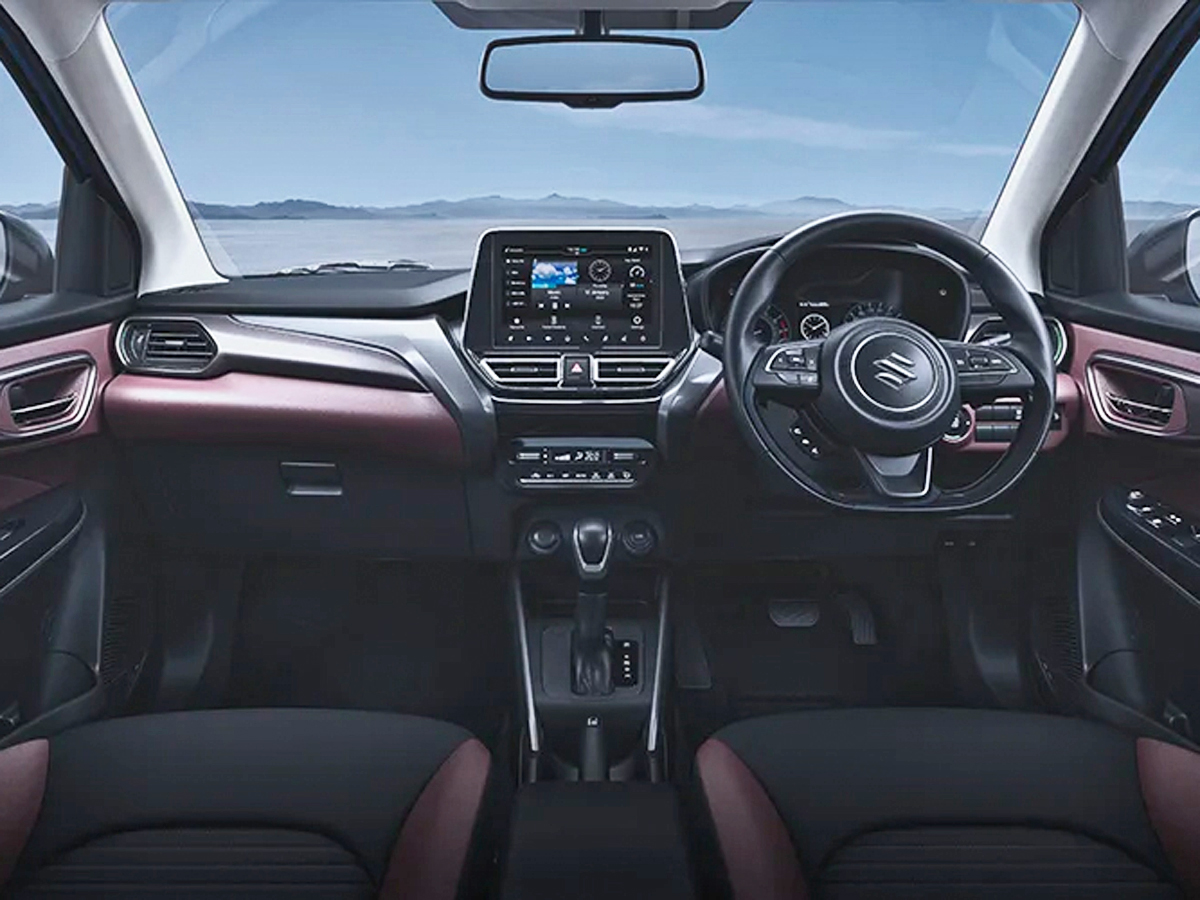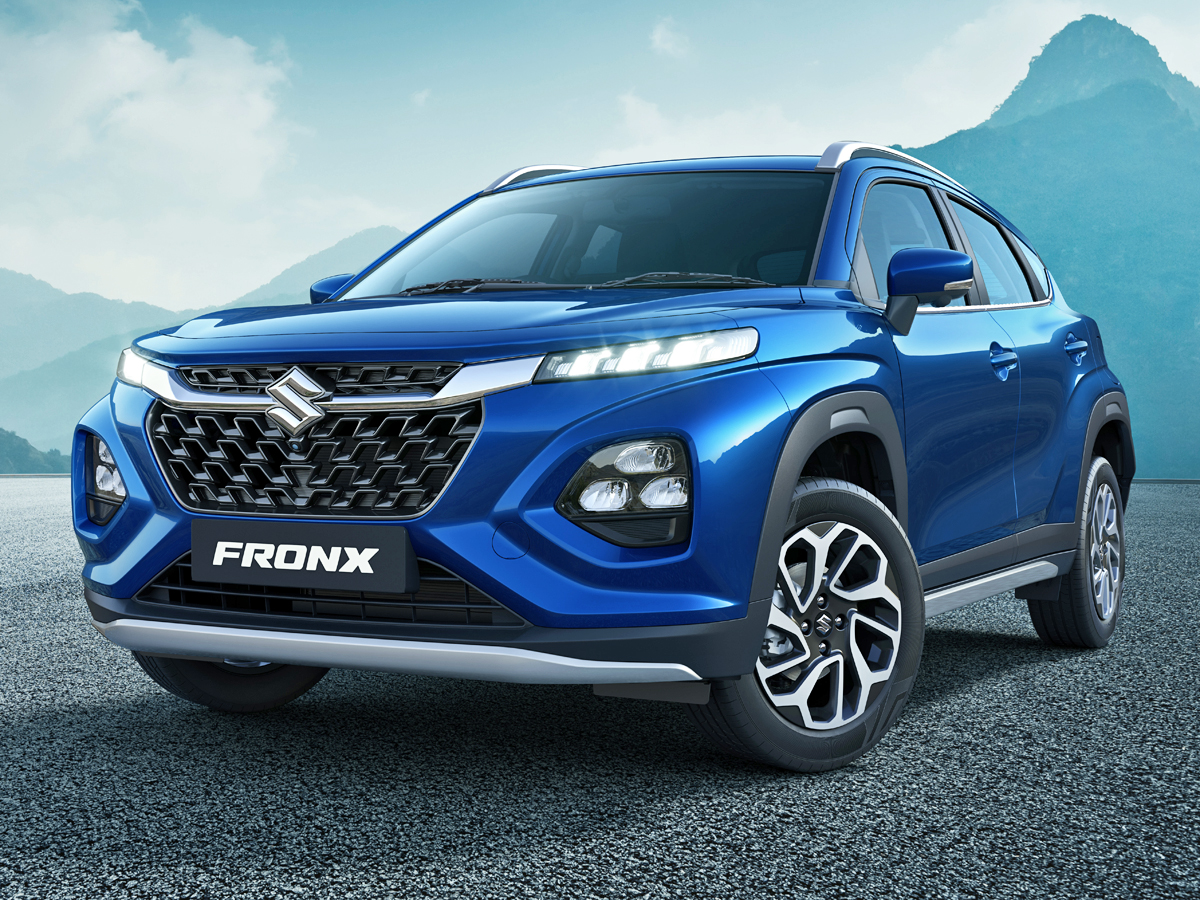Mahindra XUV300 (2019-2024) Buyer’s Guide
Since being superseded by the more smartly styled XUV 3XO, does the Mahindra XUV300 budget crossover make sense as a used buy? Let’s take a closer look…
It’s not often that an entirely new nameplate gets applied to a facelifted model, but that’s exactly what happened with the replacement for the Mahindra XUV300. Indeed, when the Indian automaker launched a “refreshed XUV300” in South Africa late in 2024, it rebranded its budget crossover the XUV 3XO.
Watch Jacob Moshokoa’s review of the 2024 Mahindra XUV 3XO
While many will consider the updated model’s exterior styling considerably snappier, the original iteration nevertheless had its virtues. We’ll explore those below – along with a few weaknesses, of course – to help you determine whether the Mahindra XUV300 makes for a value-packed used purchase.
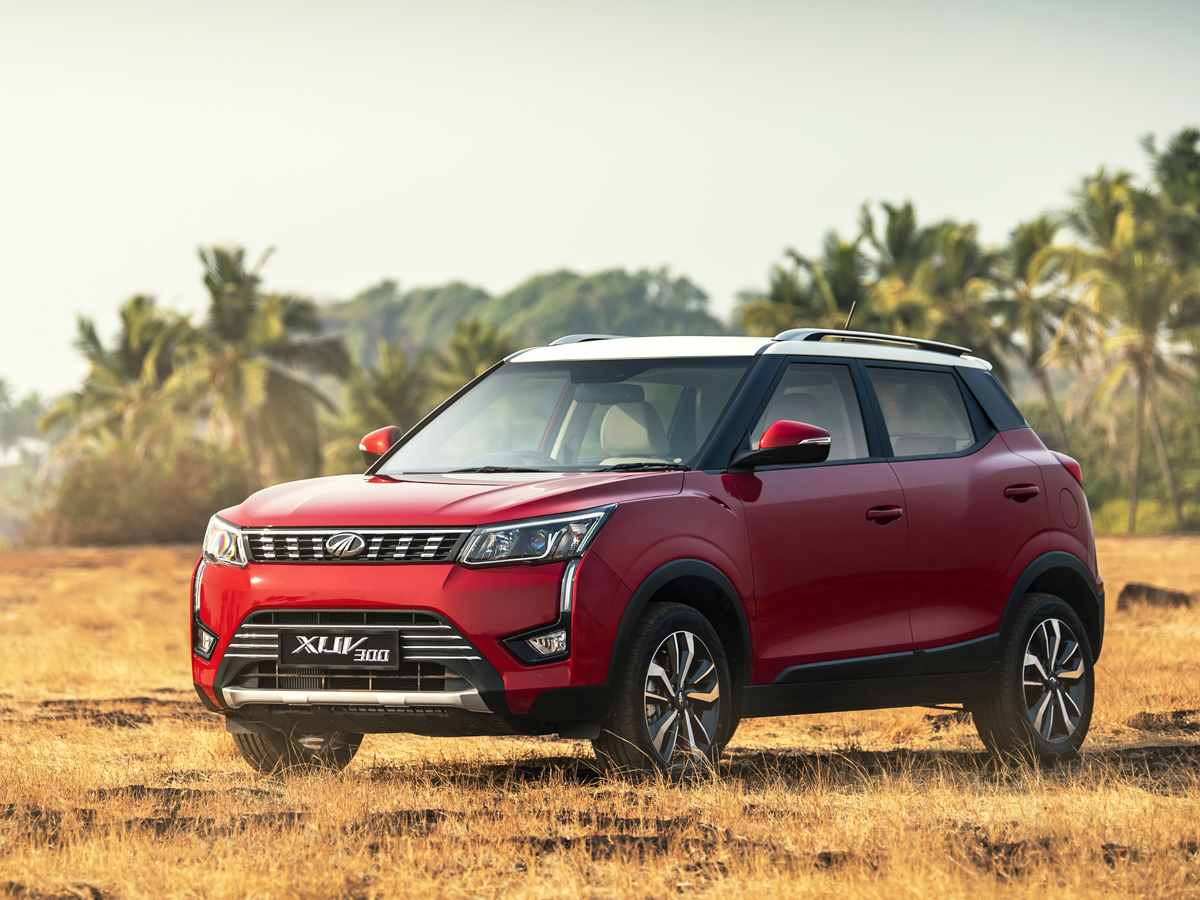
For the record, the Mahindra XUV300 – note that the numerical suffix is pronounced “3 Double Oh” – shared much with the SsangYong Tivoli, which itself dates back to 2014. As a reminder, Mumbai-based Mahindra & Mahindra became a majority shareholder in SsangYong (which has since been renamed KG Mobility) back in 2011, although it split from the South Korean marque about a decade later.
Mahindra squeezed the S201-series XUV300 into India’s all-important sub-4-metre segment, making it shorter than its South Korean cousin. The resulting stubby derriere (and particularly the distinct lack of a rear overhang) meant the budget crossover took on somewhat awkward proportions from certain angles.
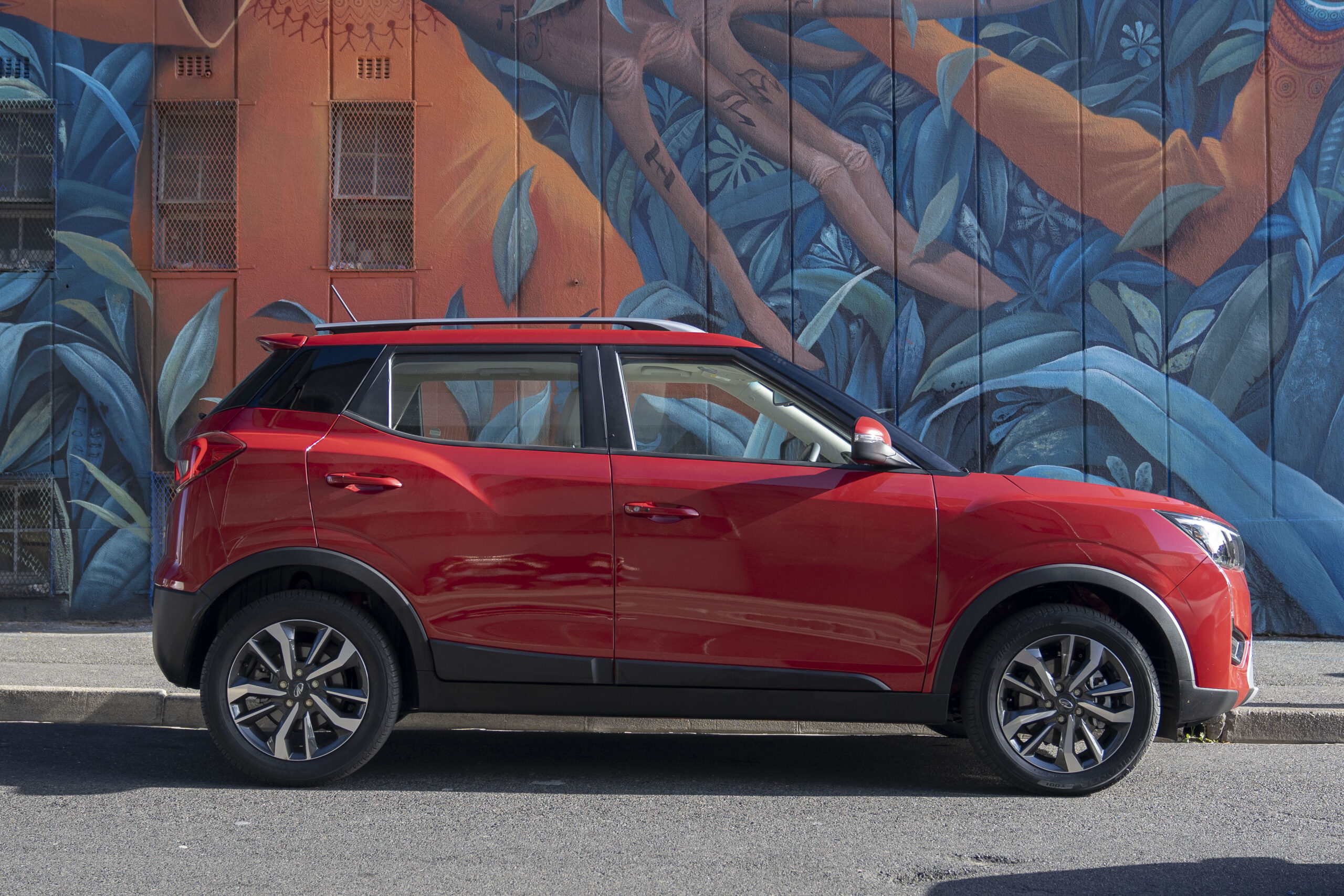
Though it’s not clear exactly how many units of the Nasik-built XUV300 were sold in South Africa in total, we do have accurate records for the final 3 years of its half-decade lifecycle. Our calculations (based on sales numbers reported to naamsa | The Automotive Business Council) show that 2 093 examples were registered locally in 2022, a figure that fell to 1 438 units in 2023 and finally to 704 units in 2024.
Mahindra XUV300 model line-up in South Africa
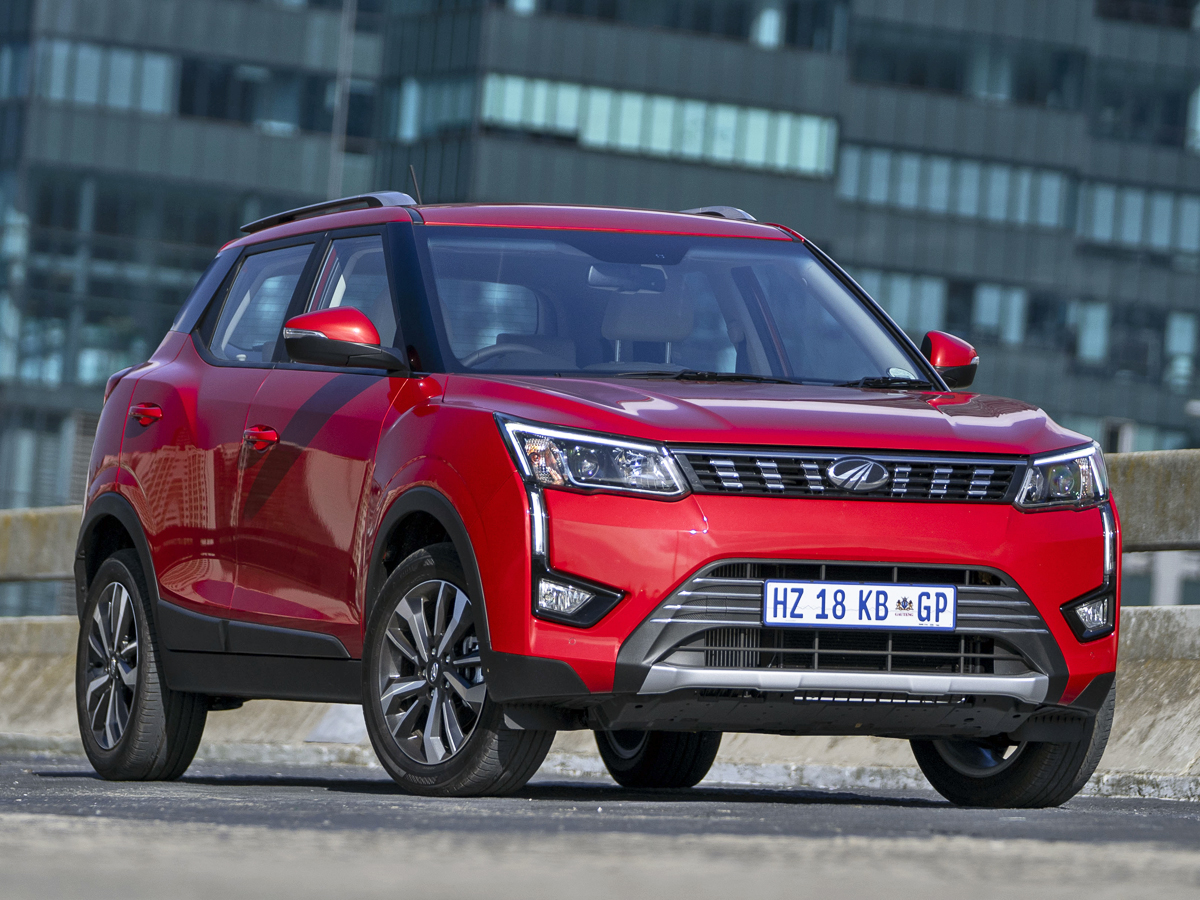
The Mahindra XUV300 was revealed in December 2018 (4 years after the Tivoli), before being launched in India in February of the following year. In May 2019, meanwhile, South Africa became the 1st market outside of India to receive this model.
At launch, the local Mahindra XUV300 portfolio included a 3-cylinder turbopetrol engine (co-developed with SsangYong) and a 4-cylinder turbodiesel motor (Mahindra’s own), along with a duo of trim levels (W6 and W8):
- XUV300 W6 1.2 Petrol 6MT (81 kW/200 Nm)
- XUV300 W6 1.5 Diesel 6MT (86 kW/300 Nm)
- XUV300 W8 1.2 Petrol 6MT (81 kW/200 Nm)
- XUV300 W8 1.5 Diesel 6MT (86 kW/300 Nm)
In January 2020, Mahindra South Africa expanded the line-up to 5 variants with the launch of the entry-level W4 1.5 Diesel 6MT. The W4 grade missed out on features like (decorative) roof rails, a multifunction steering wheel and satnav, while also downgrading from a 7-inch touchscreen to a 3.5-inch display.
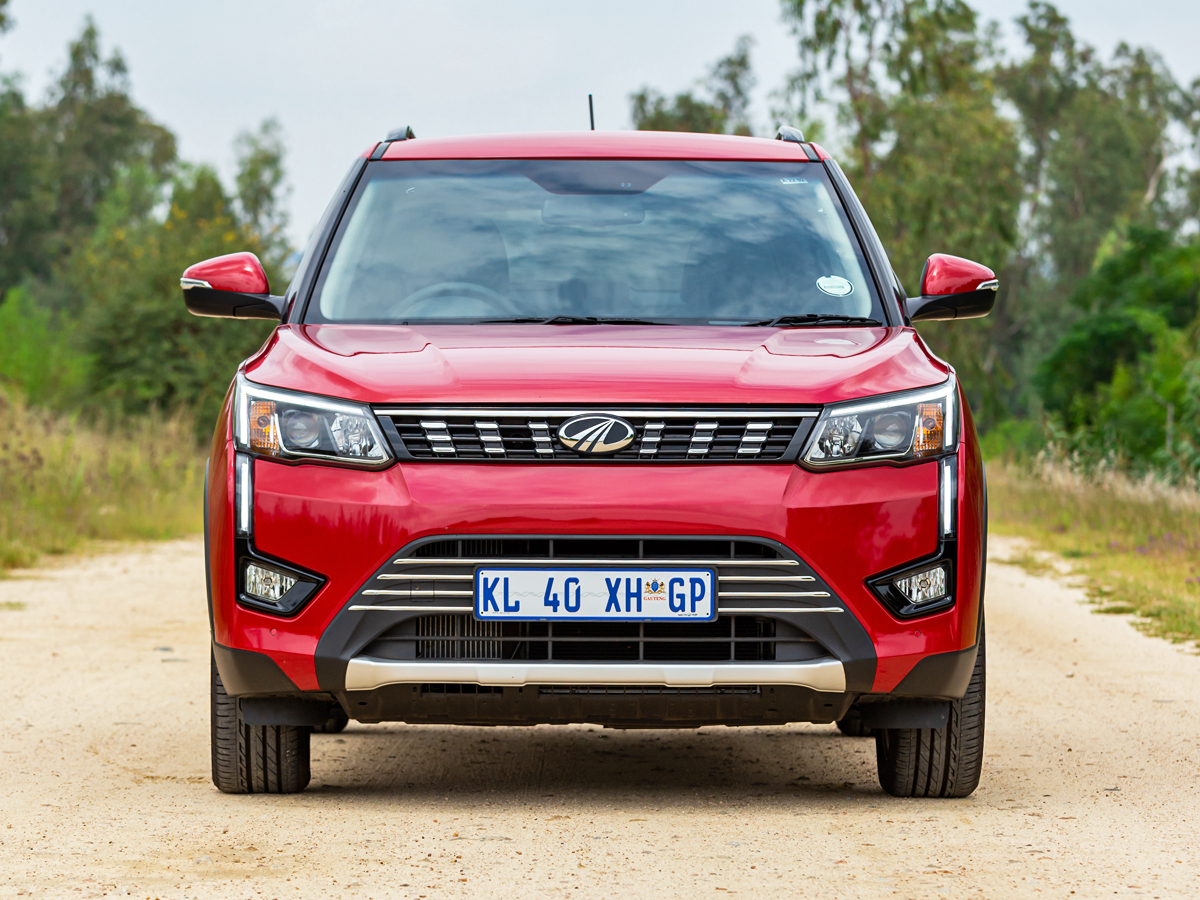
Then, in March 2022, a lightly updated version of the XUV300 made local landfall. At the same time, the range grew to 6 derivatives, with the W4 grade interestingly swapping from diesel to petrol power.
Though exterior styling was largely unchanged (bar the roll-out of a new alloy-wheel design for W6 and W8 variants), the Indian-built budget crossover gained some extra equipment, with mid-tier and top-spec derivatives dropping the old 7-inch touchscreen in favour of a 9-inch version.
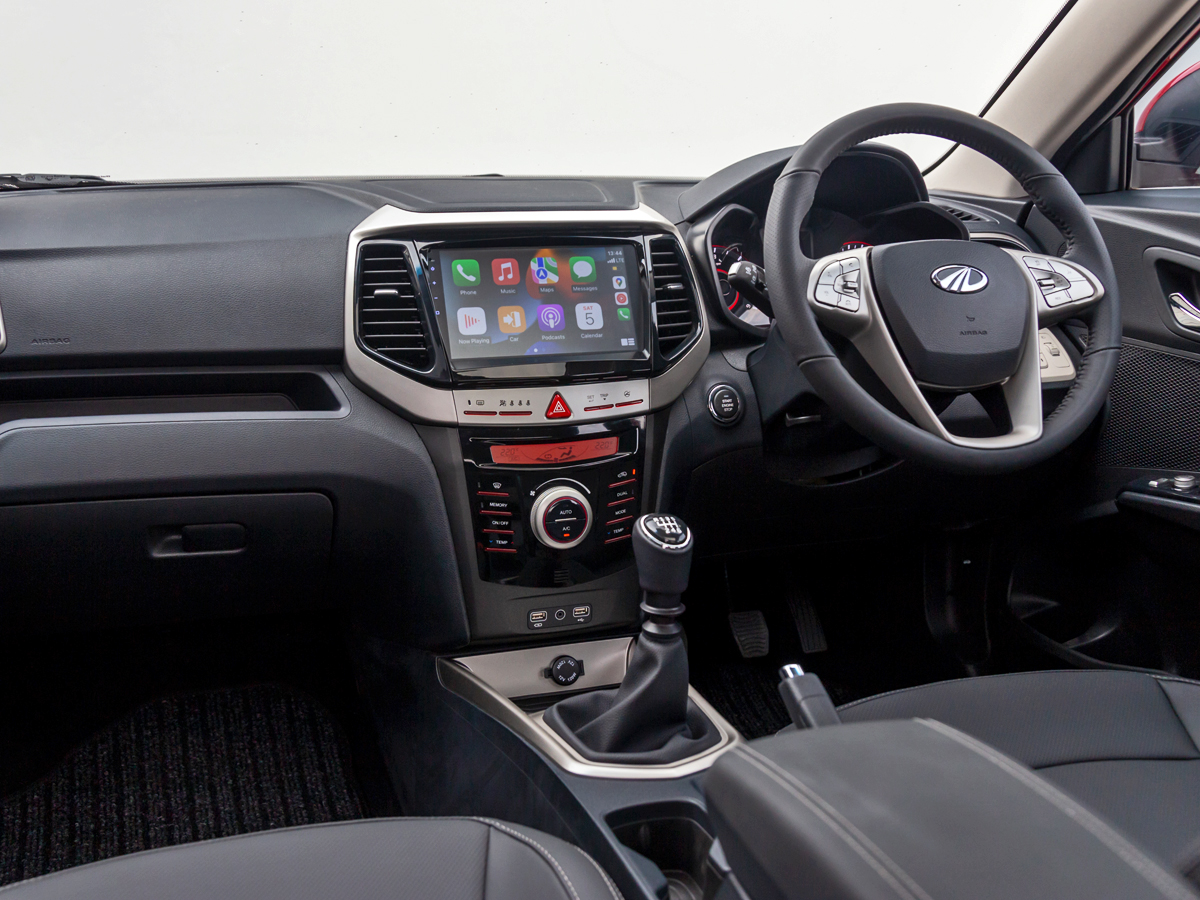
The W6 trim level furthermore scored cruise control, while the W8 made the welcome switch from a 2-tone cabin to an all-black interior colour scheme.
In addition, Mahindra SA launched a W4 Special Edition (SE) variant at this point, handing it the 9-inch touchscreen, as well as derivative-specific 16-inch alloys with black-and-silver detailing.
- XUV300 W4 1.2 Petrol 6MT (81 kW/200 Nm)
- XUV300 W4 1.2 Petrol SE 6MT (81 kW/200 Nm)
- XUV300 W6 1.2 Petrol 6MT (81 kW/200 Nm)
- XUV300 W6 1.5 Diesel 6MT (86 kW/300 Nm)
- XUV300 W8 1.2 Petrol 6MT (81 kW/200 Nm)
- XUV300 W8 1.5 Diesel 6MT (86 kW/300 Nm)
In October 2023, the XUV300 range dipped a toe into the light-commercial vehicle (LCV) waters, with the Indian automaker’s local division launching the “Xprez” panel van. With the rear bench ditched to create a load bay, the 2-seater Xprez featured a payload capacity somewhere in the region of 320 kg.
The following month, SE versions of the W6 (petrol and diesel) were quietly added to the line-up. In October 2024, the XUV 3XO arrived – with South Africa again serving as the 1st nation outside of India to introduce this model – bringing down the curtain on the XUV300’s 5-year run on the local market.
What are the Mahindra XUV300’s strengths?
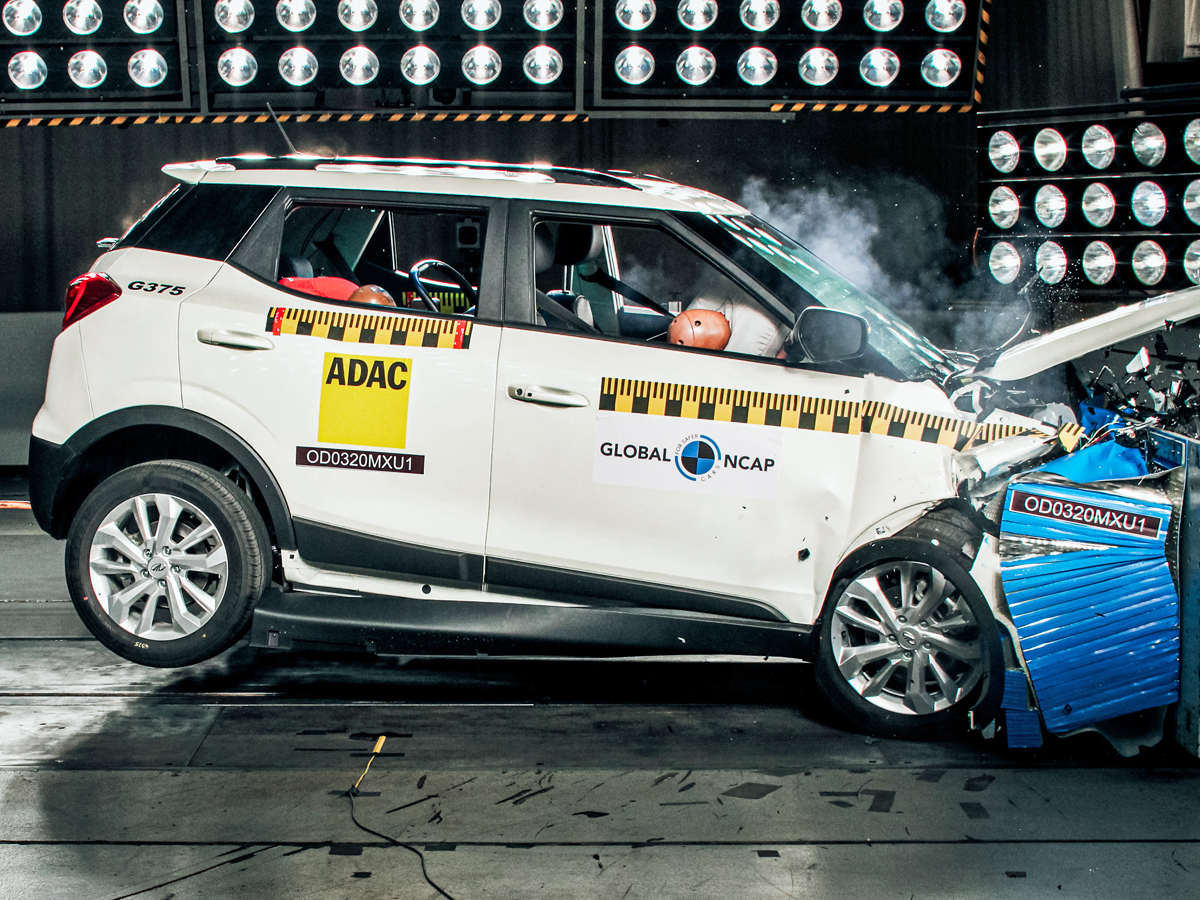
Impressive safety-test score: From early 2020, Mahindra SA’s XUV300 marketing drive turned to the topic of “safety”. The reason? Well, Global NCAP – which, we should point out, employs far less stringent protocols than Euro NCAP – had just crash-tested the entry-level Indian-spec derivative (with 2 airbags), awarding it 5 stars for adult-occupant protection and 4 stars for child-occupant protection.
At the time, the XUV300 boasted the highest combined result in Global NCAP’s “Safer Cars For India” programme. A year later (following a “production compliance review”), the organisation extended this rating to the SA-spec model, meaning it became the first Global NCAP-tested 5-star vehicle in Africa.
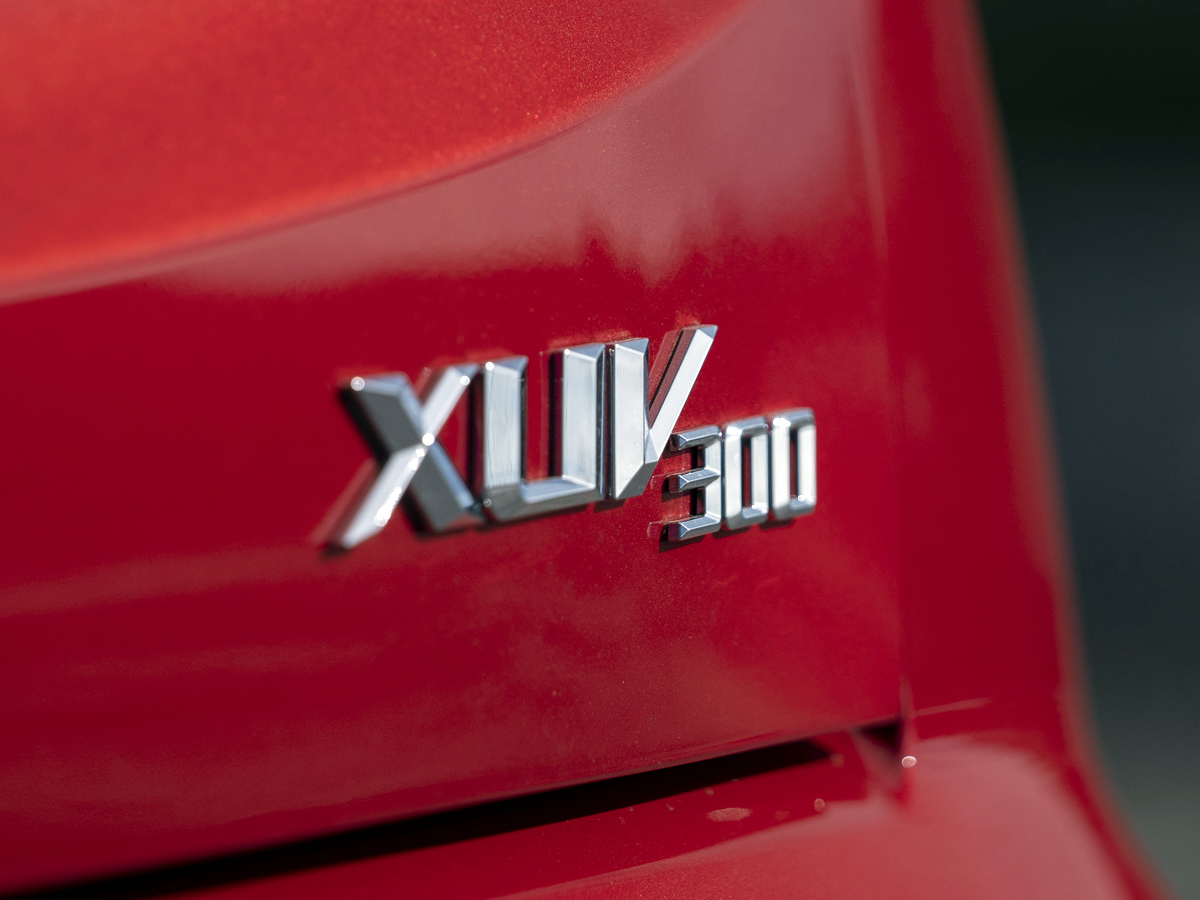
Despite Mahindra SA’s dubious claim that the XUV300 was “Africa’s safest car” – it was instead simply the highest-rated contender from a tiny pool of budget cars tested by Global NCAP – the fact that its body shell was rated as “stable” and “capable of withstanding further loadings” held plenty of weight.
For the record, the W4 and W6 grades came standard with 2 airbags, ABS with EBD and ISOfix child-seat anchors, with the latter trim level furthermore featuring “corner braking control” (though curiously losing this feature at the March 2022 update). Finally, the W8 specification upgraded to 7 airbags, electronic stability control (with roll-over stabilisation) and hill-hold assist.
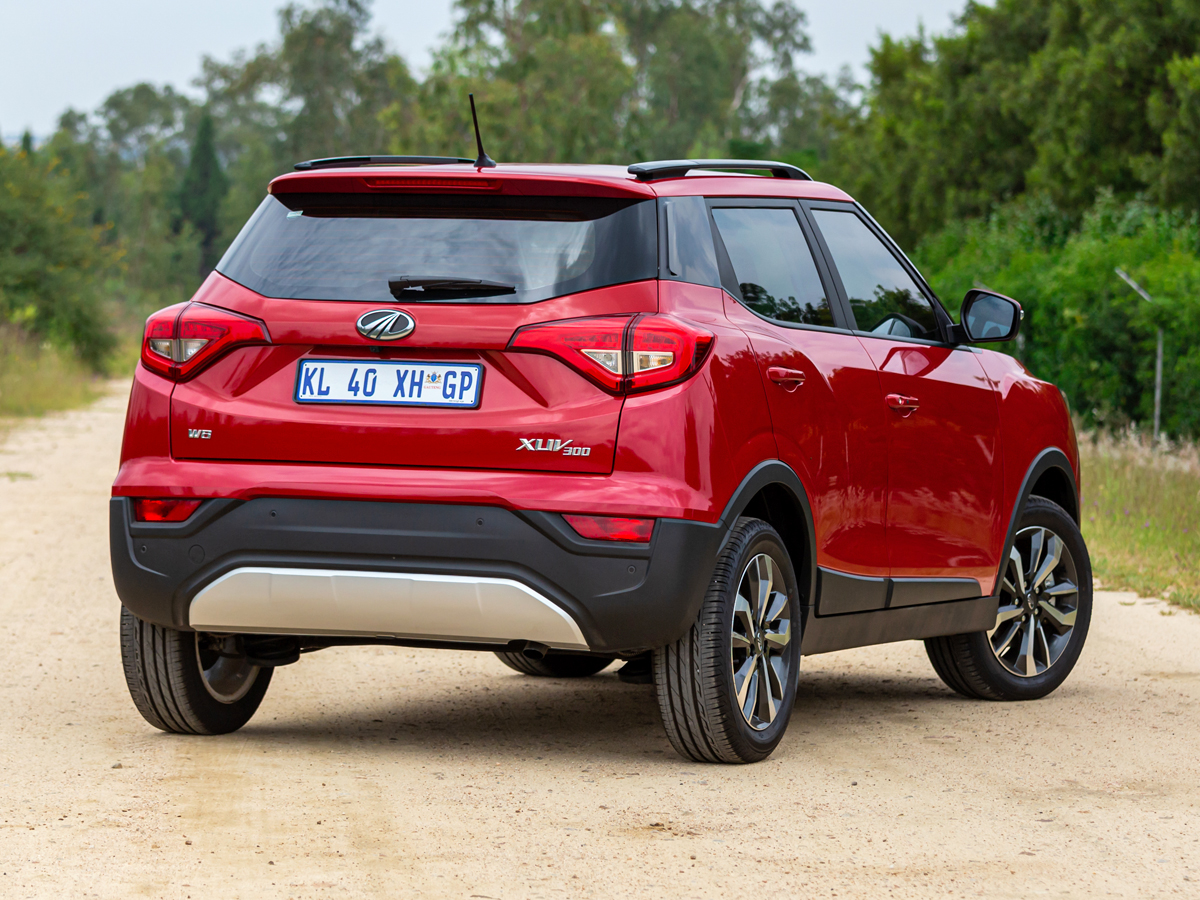
Generous specification (W8): While the XUV300’s W4 grade was a bit spartan and the W6 somewhere around average, the W8 trim level featured a very generous list of standard equipment. For instance, the top-spec variant came with 17-inch alloy wheels (as opposed to steel wheels), keyless entry (with push-button start), dual-zone climate control (rather than manual aircon) and even a sunroof.
In addition to its extra safety kit, the W8 boasted features such as cruise control, leatherette upholstery, a height-adjustable driver’s seat, tyre-pressure monitoring, automatic headlights, foglamps (fore and aft), an electro-chromatic rear-view mirror, parking sensors (front and rear) and a reverse-view camera.
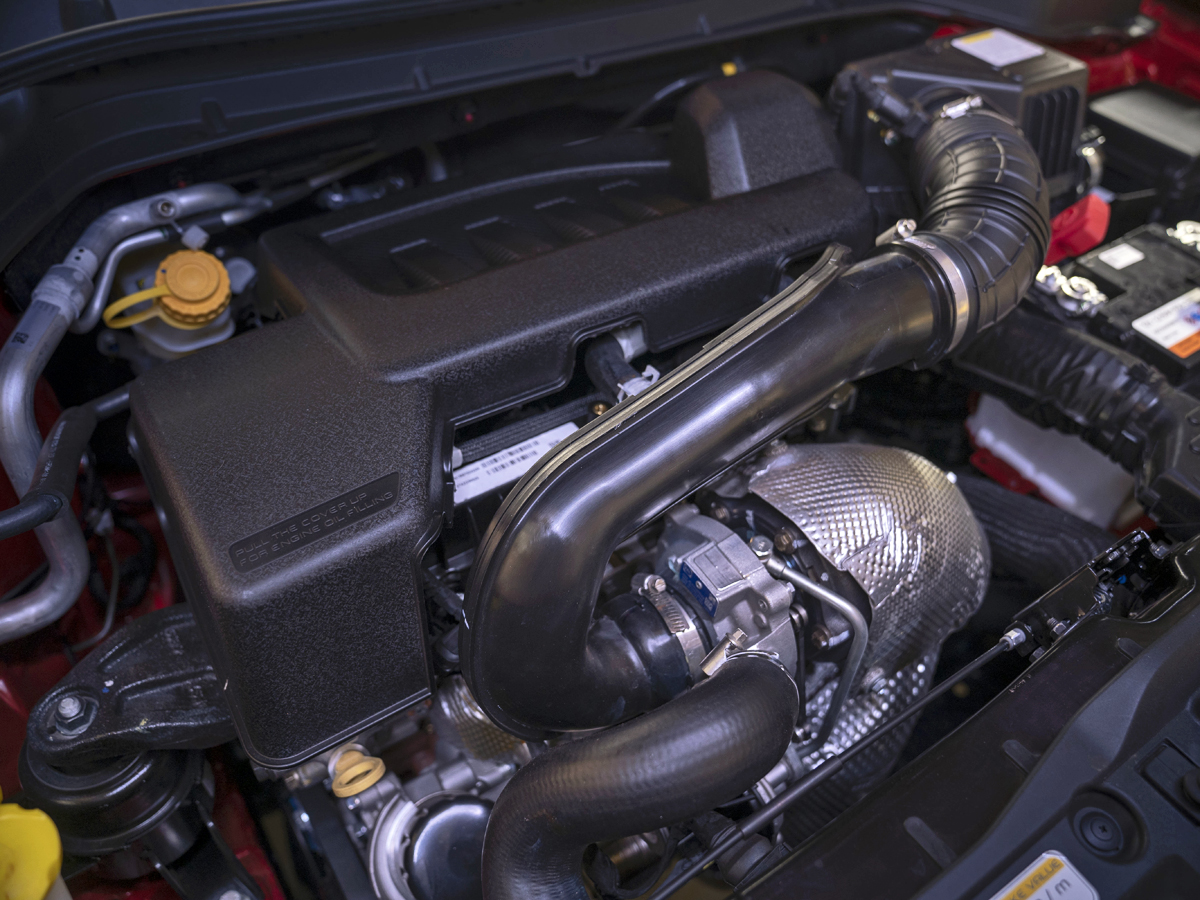
Availability of diesel engine: Buyers at this end of the market who were keen on a turbodiesel engine had very few choices, so the availability of oil-burning derivatives certainly helped to set the XUV300 apart. While the 1.5-litre motor was a little gruff by modern standards (particularly at start-up), it smoothed out at higher revs.
More importantly, the 86 kW engine generated a peak torque figure as lofty as 300 Nm (on tap between 1 500- and 2 500 rpm), which endowed this budget crossover with rather punchy in-gear acceleration. Moreover, the turbodiesel powerplant held the potential for impressive fuel efficiency, with Mahindra initially claiming a combined figure of just 4.8 L/100 km (though later revising this to 5.0 L/100 km).
As an aside, the 1.2-litre turbopetrol mill was similarly spirited, particularly when compared with the naturally aspirated motors employed by most rivals (and especially at altitude, where atmospheric engines suffer a distinct drop-off in power).
What are the Mahindra XUV300’s weaknesses?
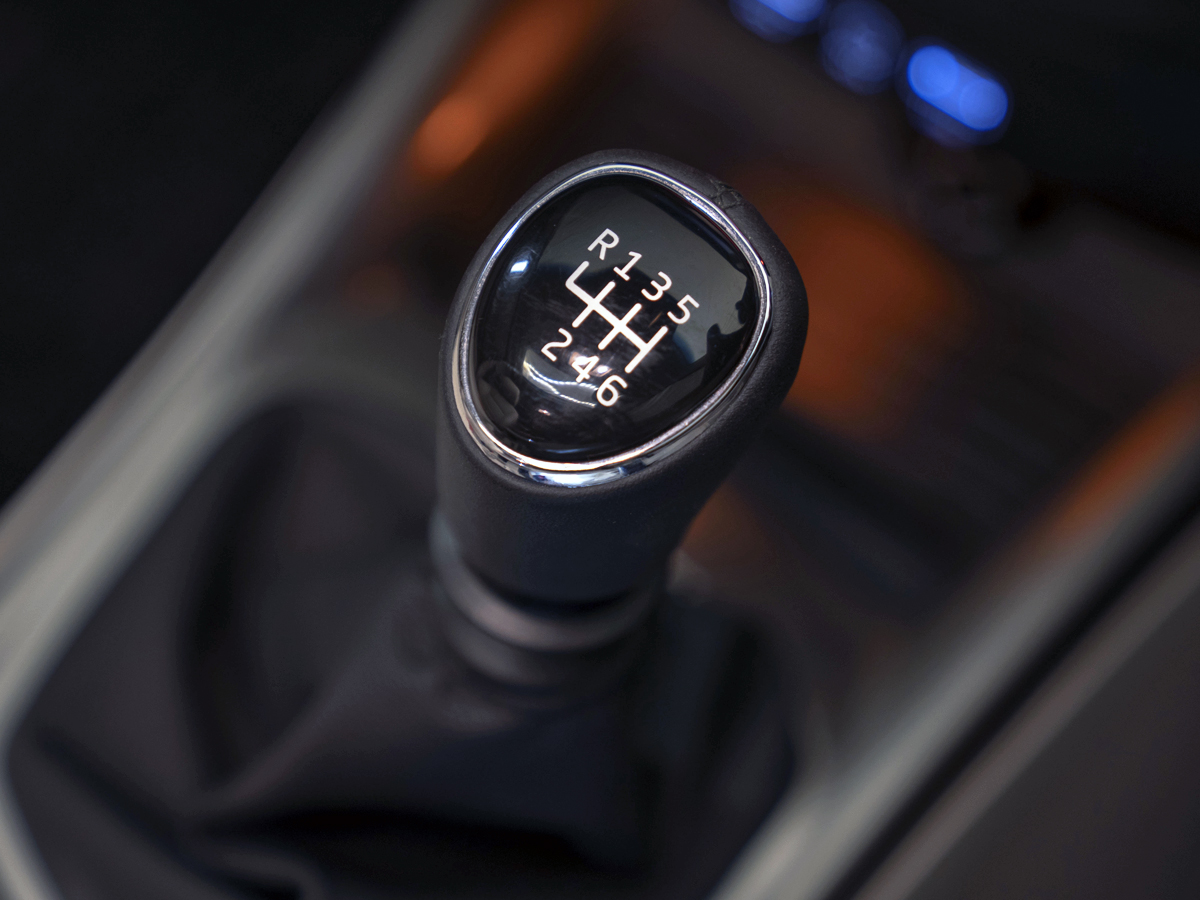
No auto transmission: While the XUV300’s engines were right at the top of the class in terms of their peak outputs, there was an important ingredient missing from the powertrain mix: the option of an automatic transmission.
Yes, the only cog-swapper on offer locally was a 6-speed manual gearbox, meaning potential buyers with their hearts set on an automatic transmission were forced to look elsewhere (the automated manual transmission offered in India never made it to Mzansi).
Thankfully, Mahindra corrected this oversight with the launch of the XUV 3XO, which became available with a conventional torque-converter automatic ‘box.
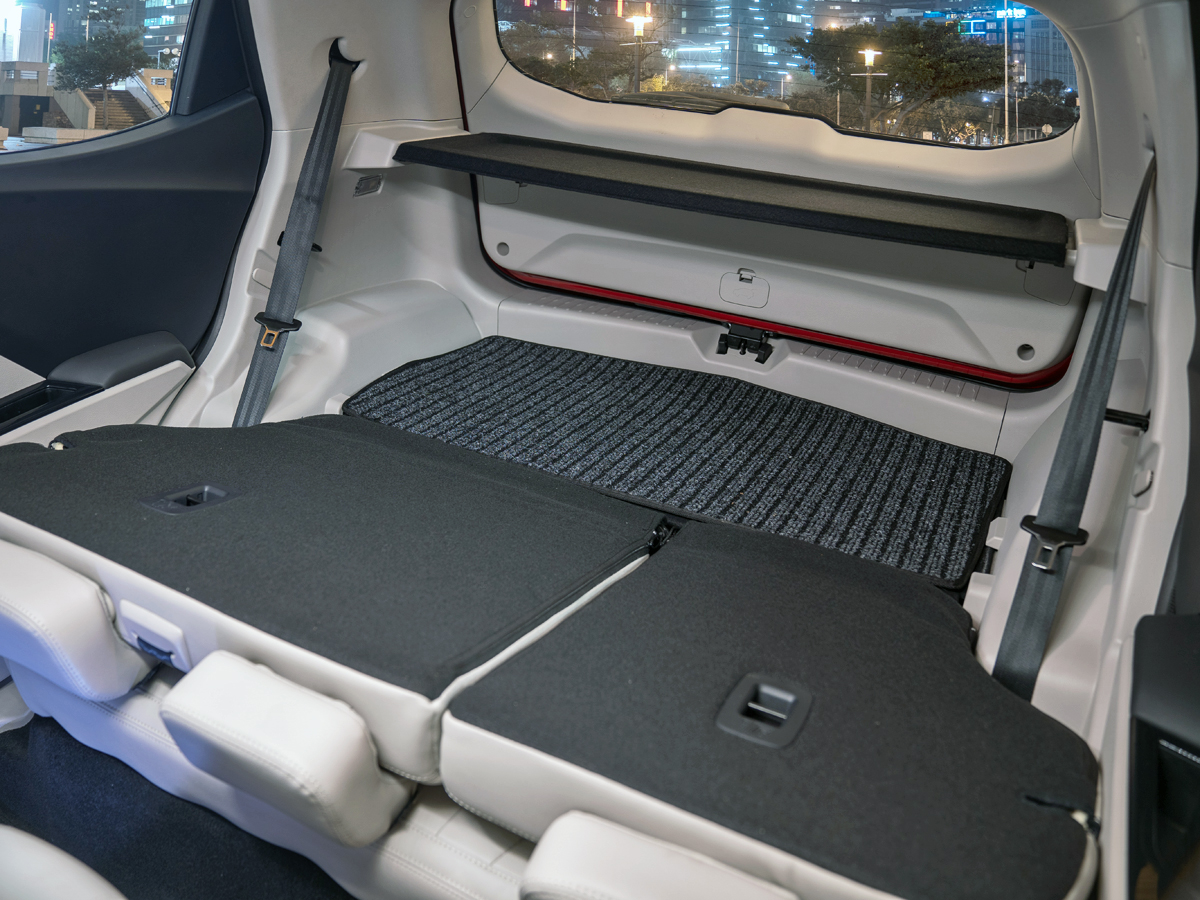
Below-par luggage space: Though the XUV300’s cabin was surprisingly spacious – with relatively roomy rear quarters considering the vehicle’s compact exterior dimensions – the trade-off was a particularly tight luggage compartment. Courtesy of that short rear overhang (and the presence of a full-size spare wheel), the split-level load bay could accommodate only 249 litres.
Curiously, the parcel shelf was not attached to the tailgate, meaning it remained in place (and sometimes got in the way) when the tailgate was opened. And, although the rear seatbacks could split in a 60:40 ratio and fold forward, the resulting load floor was not completely flat, which made loading bulky items somewhat tricky.
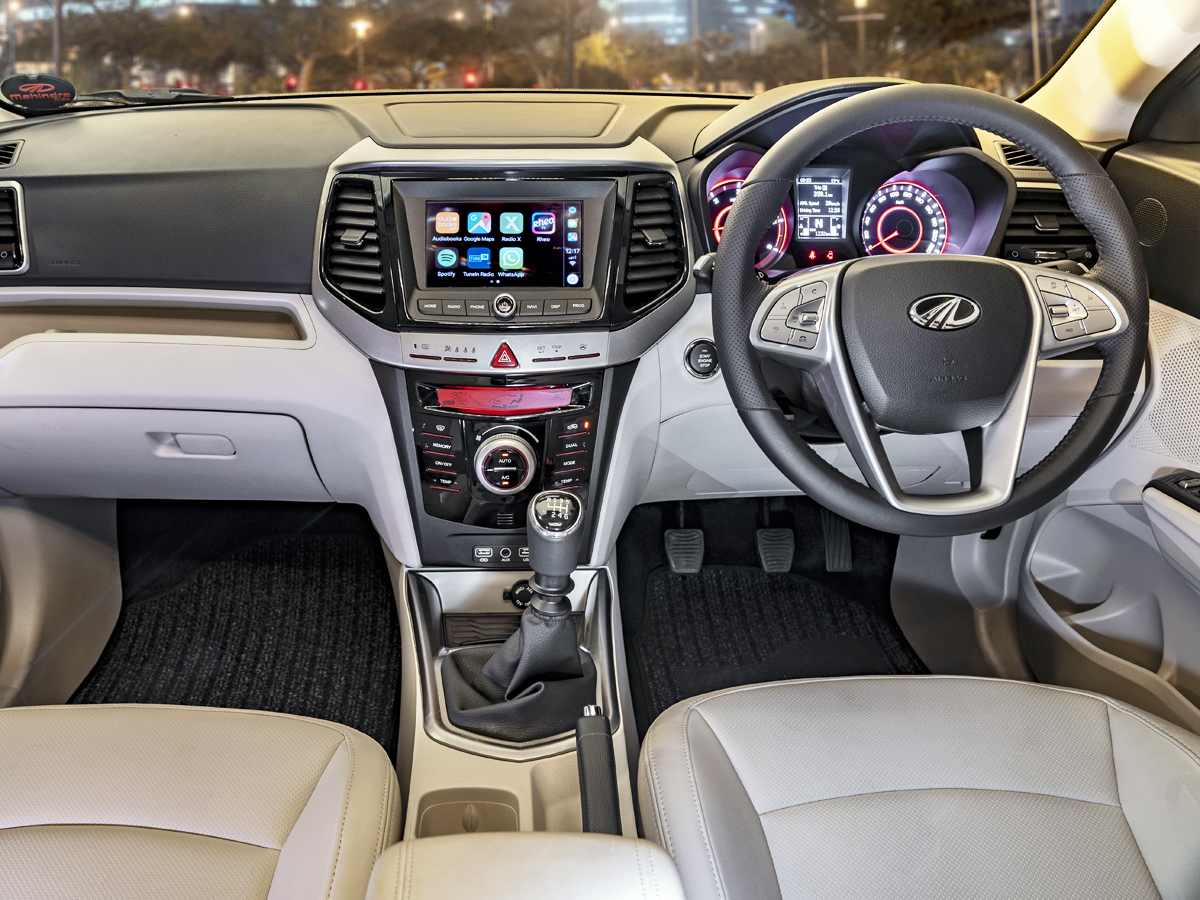
Miscellaneous potential issues: So, did the Mahindra XUV300 have any other foibles? Well, keep in mind the earlier versions of the W8 came with light-coloured leatherette upholstery that wasn’t exactly practical for a family vehicle. To Mahindra Auto SA’s credit, however, it switched the W8’s interior colour scheme to black from March 2022.
Far more annoying, however, was that each time reverse gear was engaged in the W8 derivative, a disembodied voice would announce: “Please select the parking mode if you need assistance”. Thankfully, this function could be deactivated using a setting buried deep within the touchscreen’s menu system.
Another quirk was the less-than-refined stop-start system, which could be turned off (using a button to the right of the steering column) but defaulted back to “on” upon ignition. We’ve also heard complaints of noisy brakes. Finally, our research led us to reports of clogged diesel particulate filters (DPF) in India, though we could find no compelling evidence this was a widespread problem in SA.
How much is a used Mahindra XUV300 in South Africa?
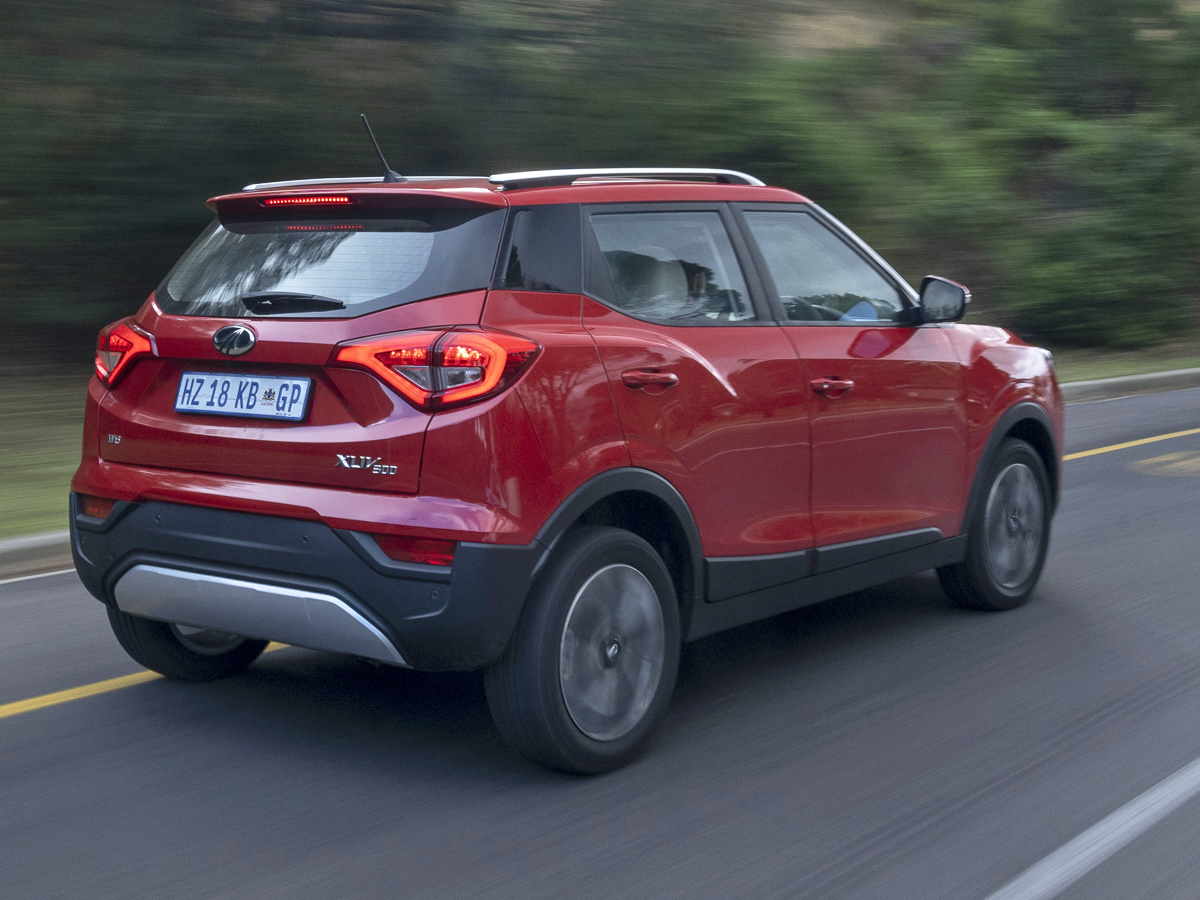
At launch in South Africa, the W6 and W8 derivatives of the Mahindra XUV300 shipped with a 5-year/150 000 km warranty and a 5-year/90 000 km service plan. However, a service plan was listed as optional for the W4 1.5 Diesel that followed in early 2020. Then, at the range update in March 2022, the W4 grade gained a 3-year/50 000 km service plan. As always, check for evidence of regular maintenance.
Several dealer-fitted accessories were available for the Mahindra XUV300, including mudflaps, door-sill protectors, additional (silver-painted) bumper cladding, seat-cover sets (only for the W6 grade) and even a tablet holder that attached to the rear of the front-passenger seat.
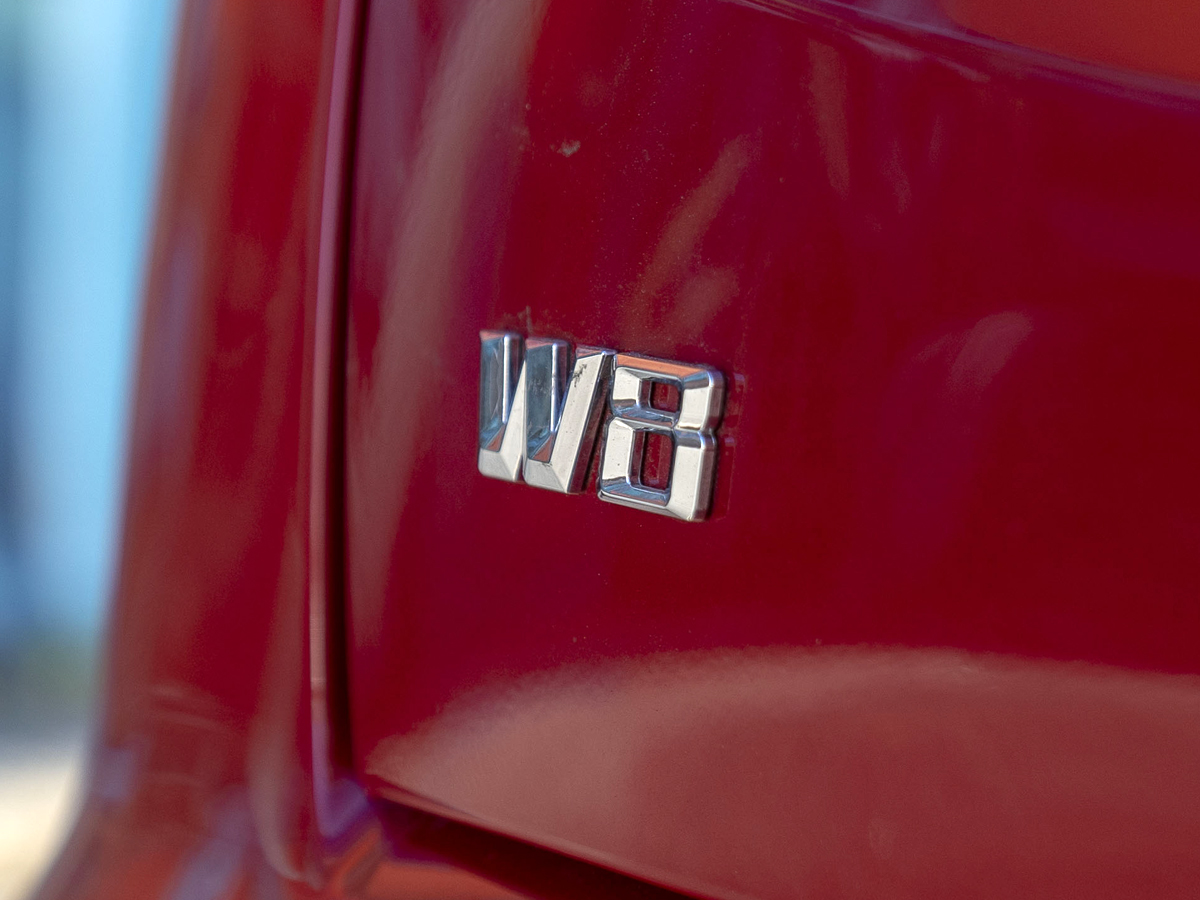
Of the Mahindra XUV300 listings on Cars.co.za at the time of writing, 63% featured the turbopetrol engine. Fascinatingly, the flagship W8 trim level was the most popular by some margin, accounting for half of all units for sale (followed by W6 on 27% and W4 on 23%).
The most prevalent model year was 2022 with 30% of all listed units, though 2024 wasn’t far behind on 25% (interestingly, hardly any 2021 examples were up for grabs). Indicated mileages ran from just 41 km on a 2024 model listed as “new” to 118 000 km on a 2022 W6 1.5 Diesel.
- Below R200 000: We found just 14% of used XUV300s in this sub-R200 000 space, including several examples that had clocked up over 100 000 km (though very few turbodiesels). Predictably, many were from the first couple of model years, though we also discovered a few 2023 and 2024 W4 derivatives here.
- R200 000 to R250 000: This relatively narrow pricing bracket housed a considerable 43% of listed examples. Interestingly, the split between the 3 trim levels was virtually even here, while 2019 was the most common model year. The petrol motor outnumbered the diesel engine by more than 2 to 1.
- R250 000 and up: At the time of writing, the remaining 43% of listed Mahindra XUV300 units were priced above R250 000. The ratio between petrol and diesel engines here was almost 1 to 1, while most units featured the W8 grade. The priciest example we unearthed was a 2024 W8 1.5 Diesel (with 55 000 km on its odometer) listed for R349 900.
Which Mahindra XUV300 variant should I buy?
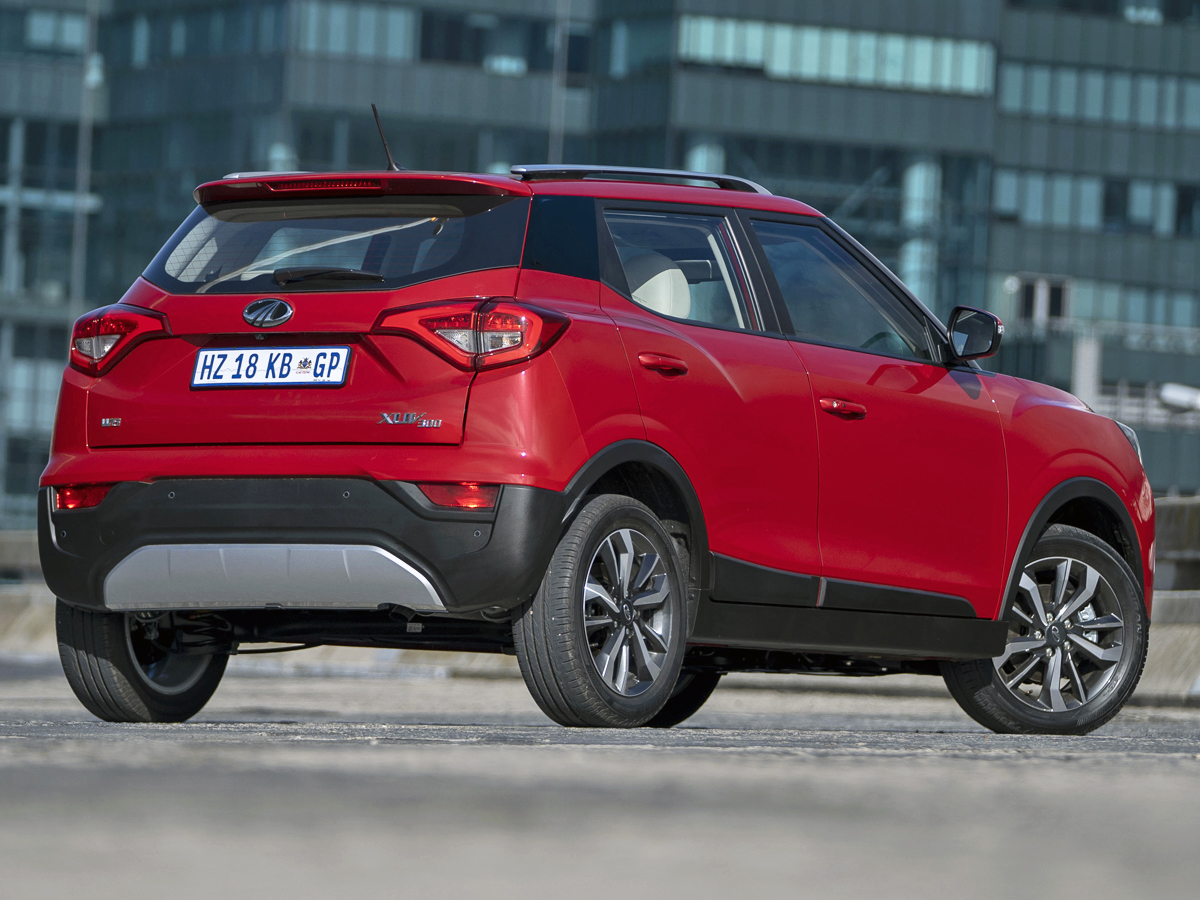
Which Mahindra XUV300 derivative is the best of the bunch? Well, while all featured a pleasingly absorbent ride quality (and decent gravel-travel ability thanks to 180 mm of ground clearance), there’s little doubt in our mind that the generously equipped W8 offered the best value for money.
It’s not often we recommend the highest grade in the range, but since the W4 was relatively meagrely specified and the W6 only adequate at best, we’d point to the W8 as our pick. Besides, this flagship grade benefitted not only from extra standard kit but also from loftier levels of safety (thanks to the inclusion of stability control and a full complement of 7 airbags).
While each engine had its merits, we’d argue the turbodiesel motor held the edge over the turbopetrol mill, offering a superior combination of in-gear shove and potential for fuel efficiency.
As such, we’d opt for the W8 1.5 Diesel, preferably an updated version (offered from March 2022) with the black interior and the larger touchscreen.
Is the Mahindra XUV300 a smart used purchase?
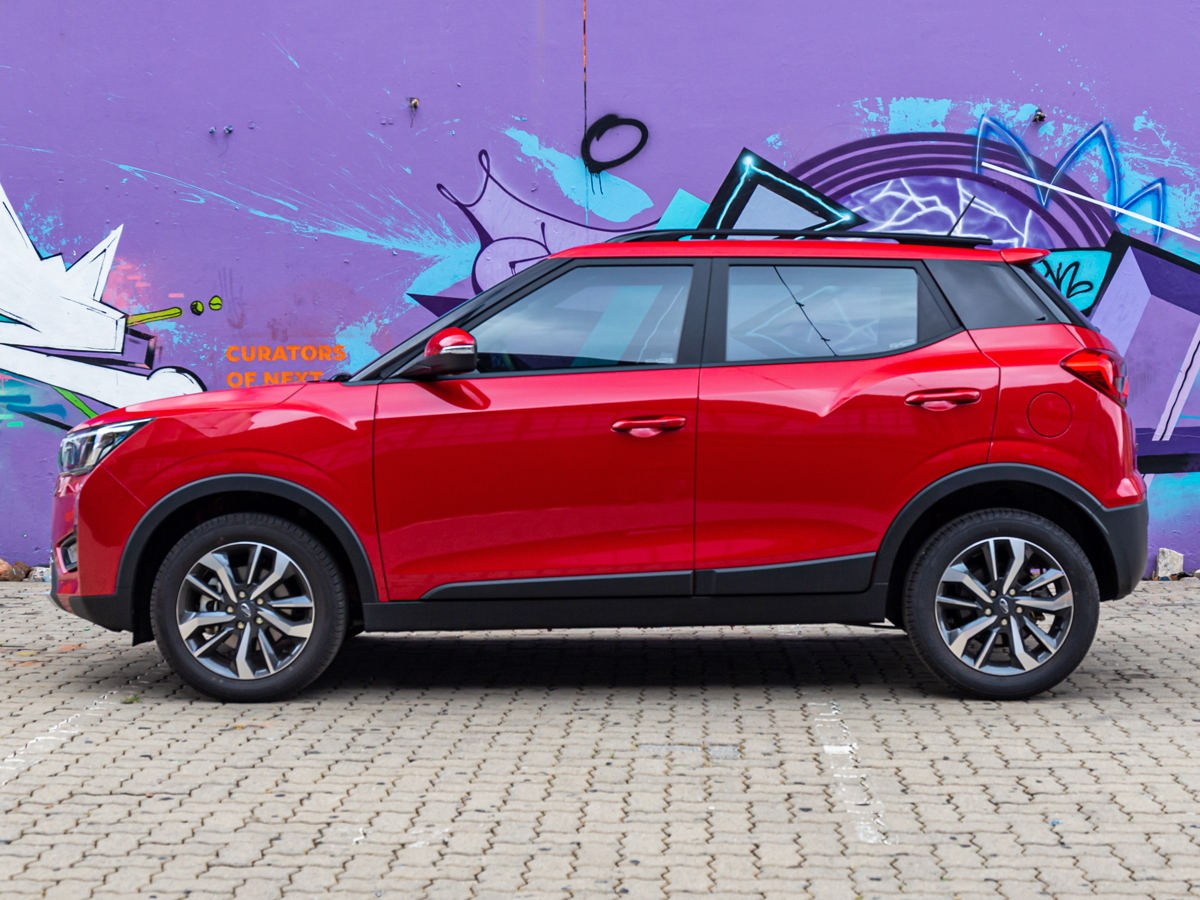
It’s perhaps unsurprising that the majority of the S201-series XUV300’s direct (sub-4-metre) rivals were likewise sourced from India. Key examples here included the 1st-gen Toyota Urban Cruiser as well as the Suzuki Vitara Brezza on which it was based, along with the Nissan Magnite and Renault Kiger.
Somewhat more polished Indian-built contenders included the Kia Sonet and Hyundai Venue, while the B515-series Ford EcoSport – note some derivatives came from the subcontinent while others were sourced from Romania – was another strong-selling competitor. High-spec W8 derivatives likely pinched a few sales from the larger models such as the SU2-series Hyundai Creta, too.
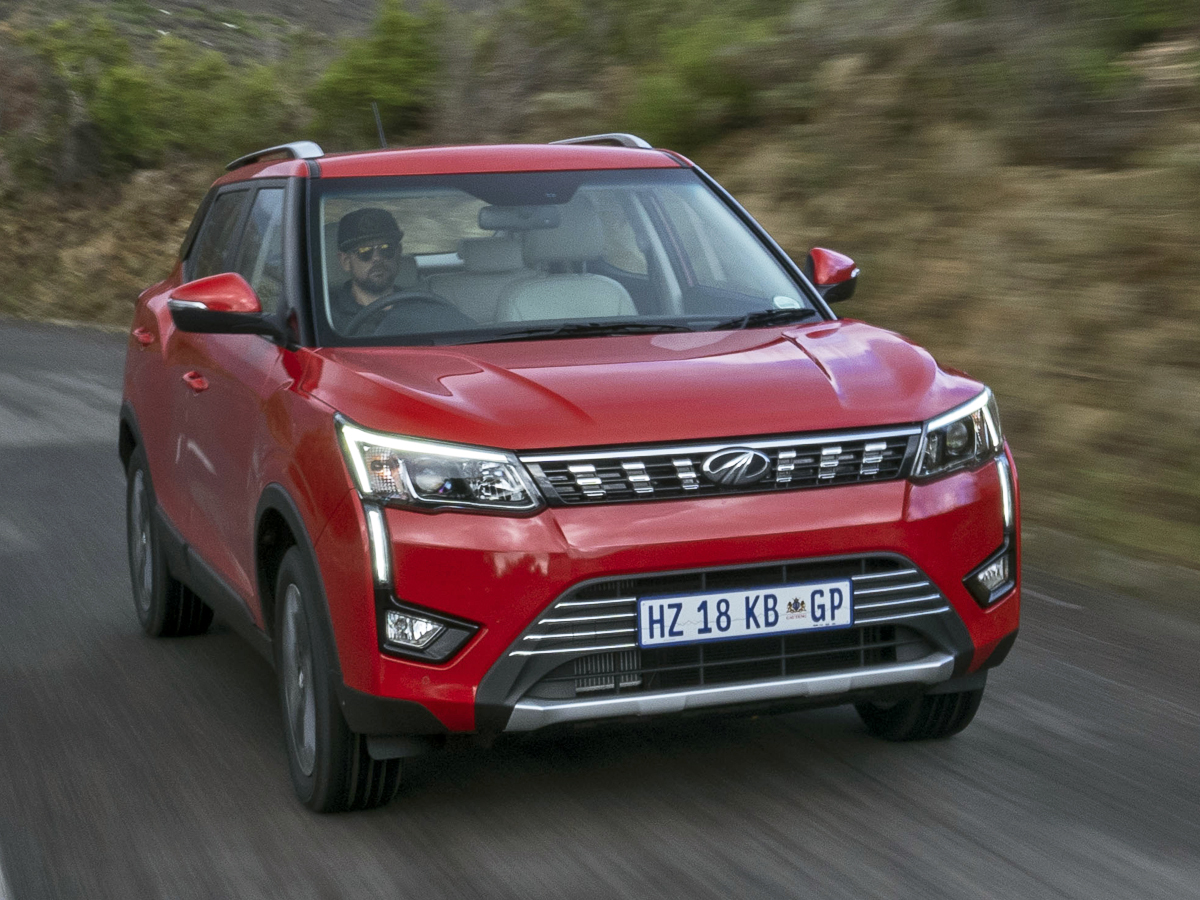
Crowded segment or not, there was plenty to like about the Mahindra XUV300, from its punchy powertrains and solid build quality (for this decidedly “budget” end of the market, that is) to its comparatively lofty safety credentials (particularly in range-topping W8 guise).
So, if you’re looking for a used small crossover and don’t require oodles of luggage space or an automatic transmission, you’d be remiss if you didn’t test-drive a Mahindra XUV300. We suspect many shoppers would be pleasantly surprised.
Looking for a used Mahindra XUV300 to buy?
Looking to sell your car? You can sell it to our dealer network here






